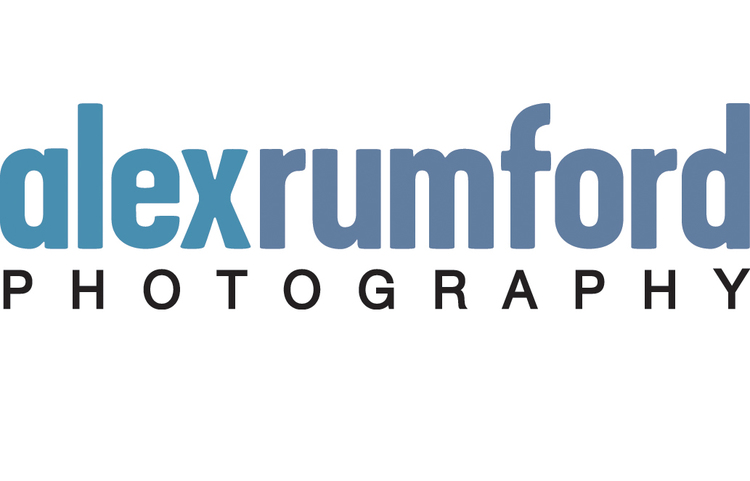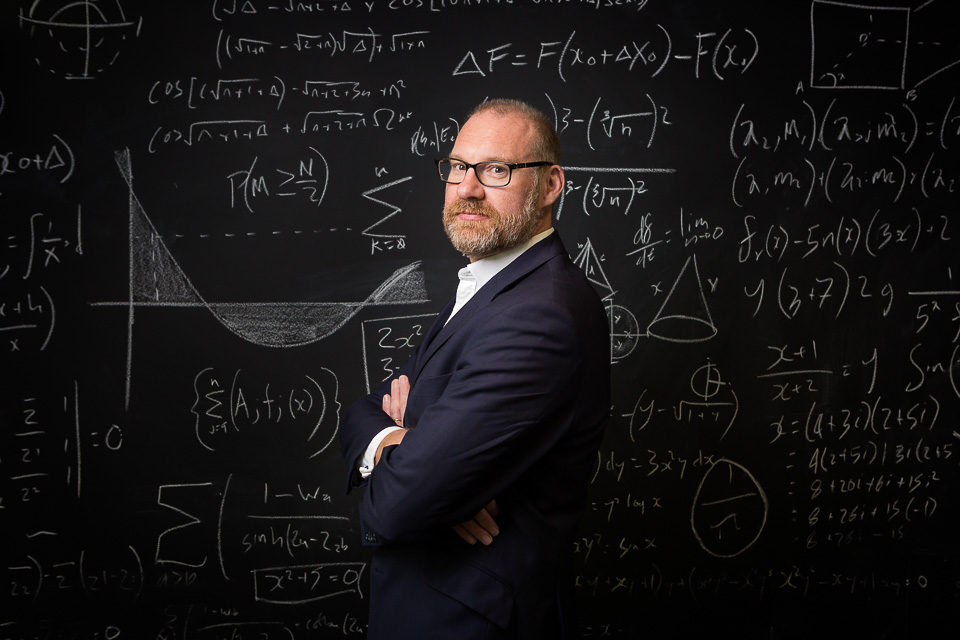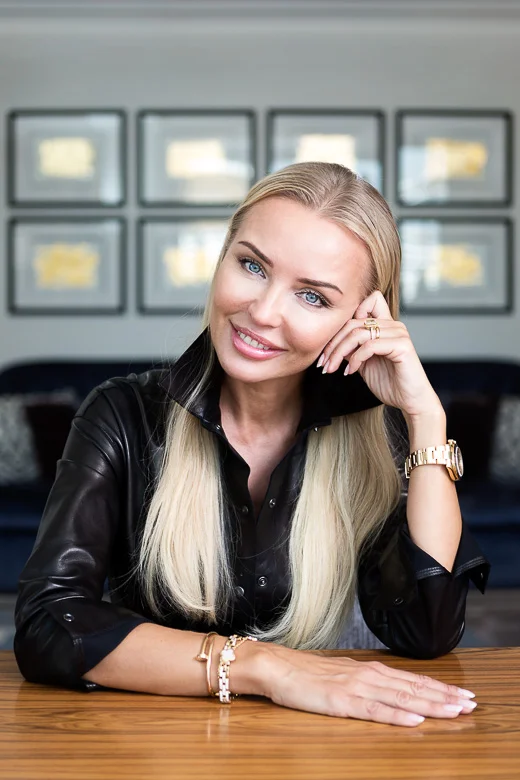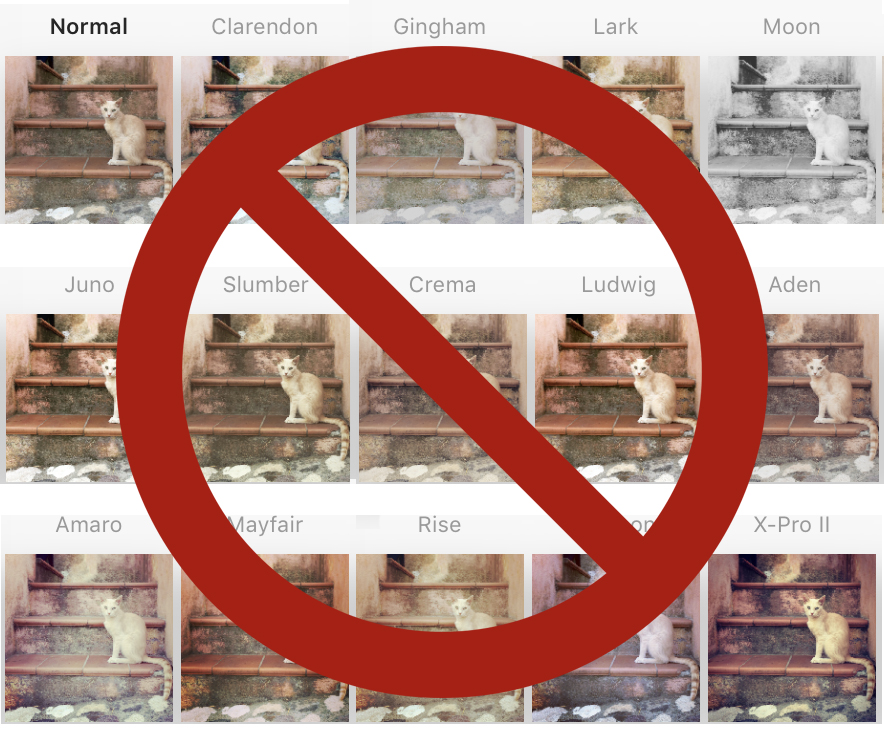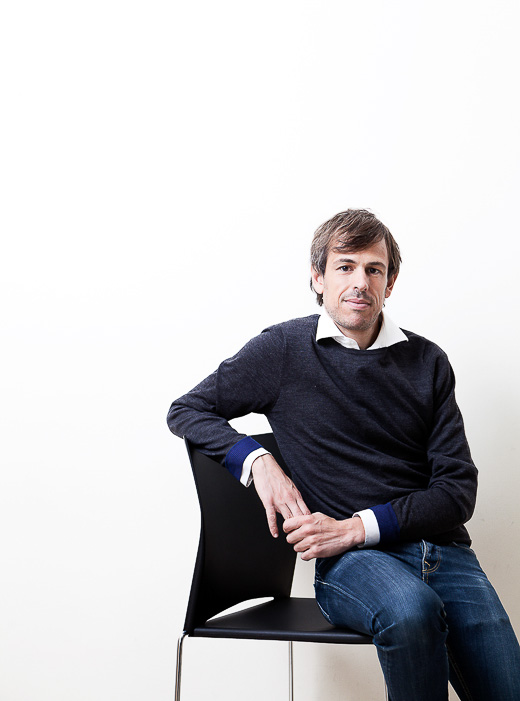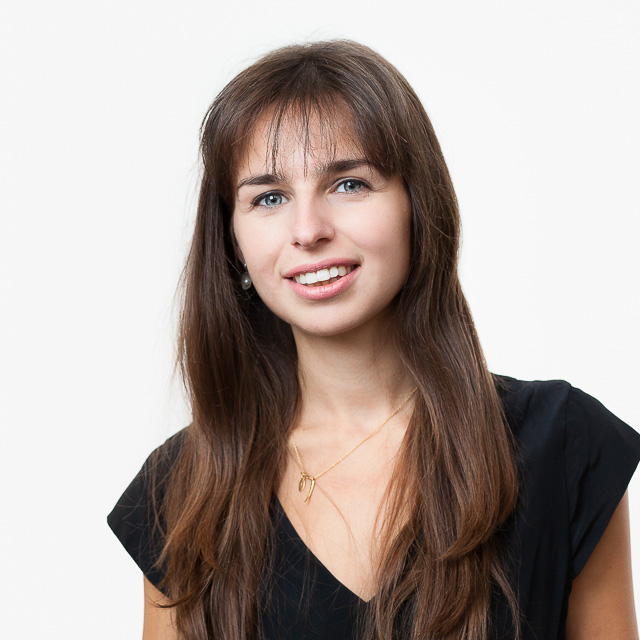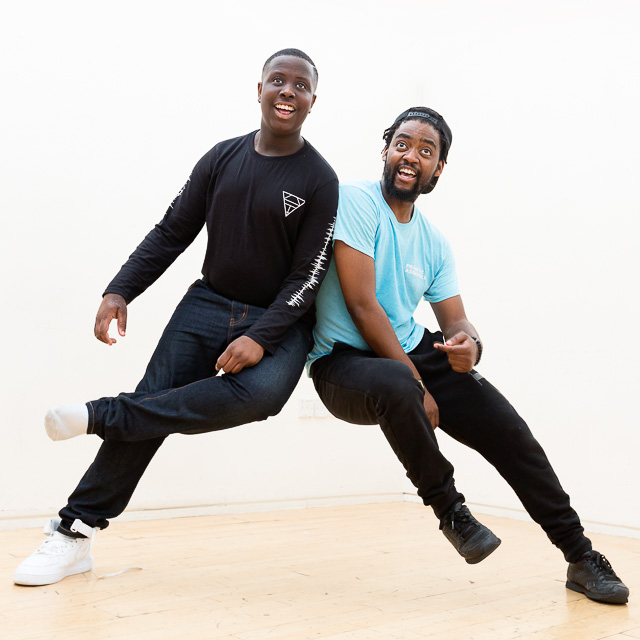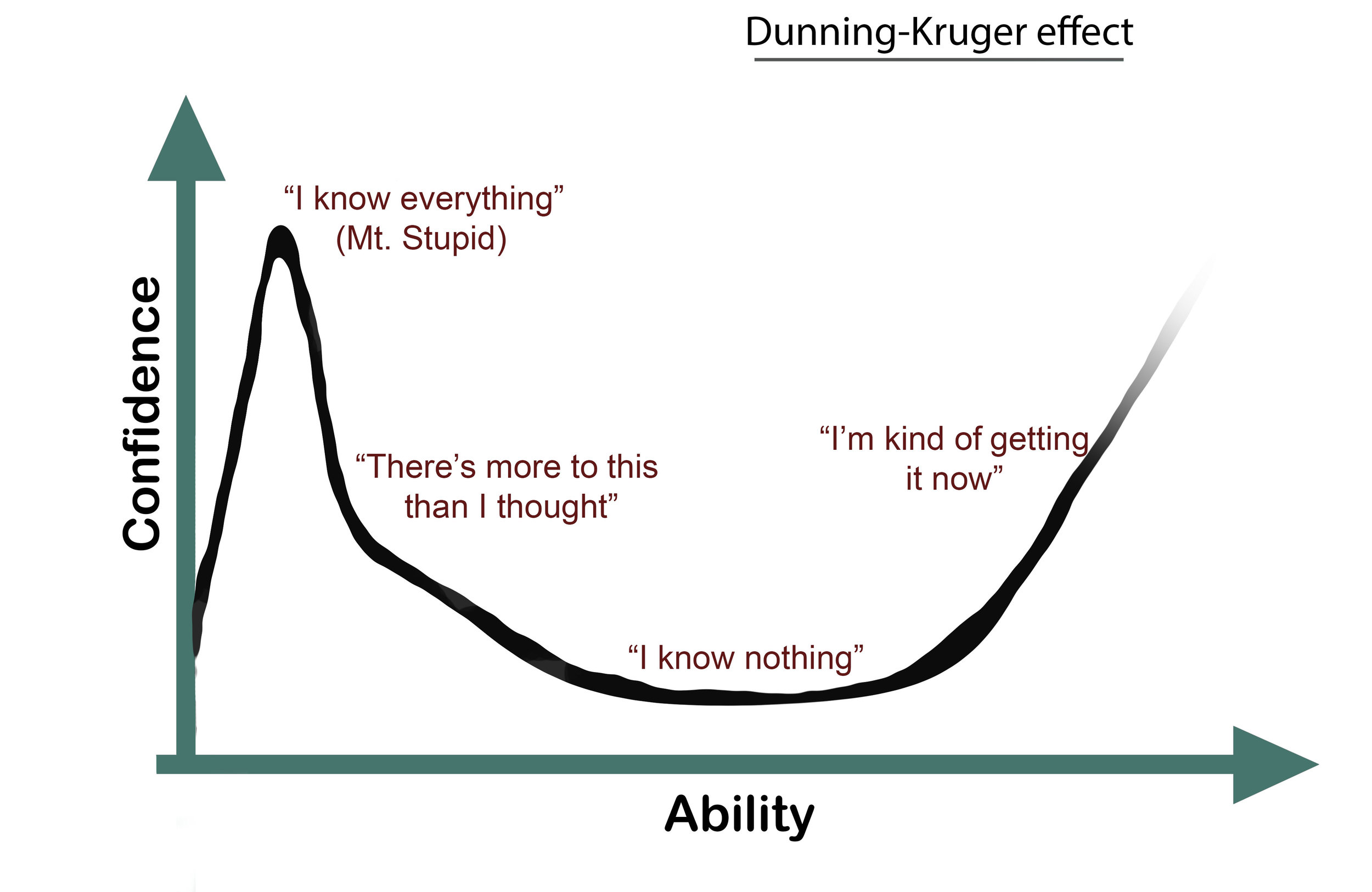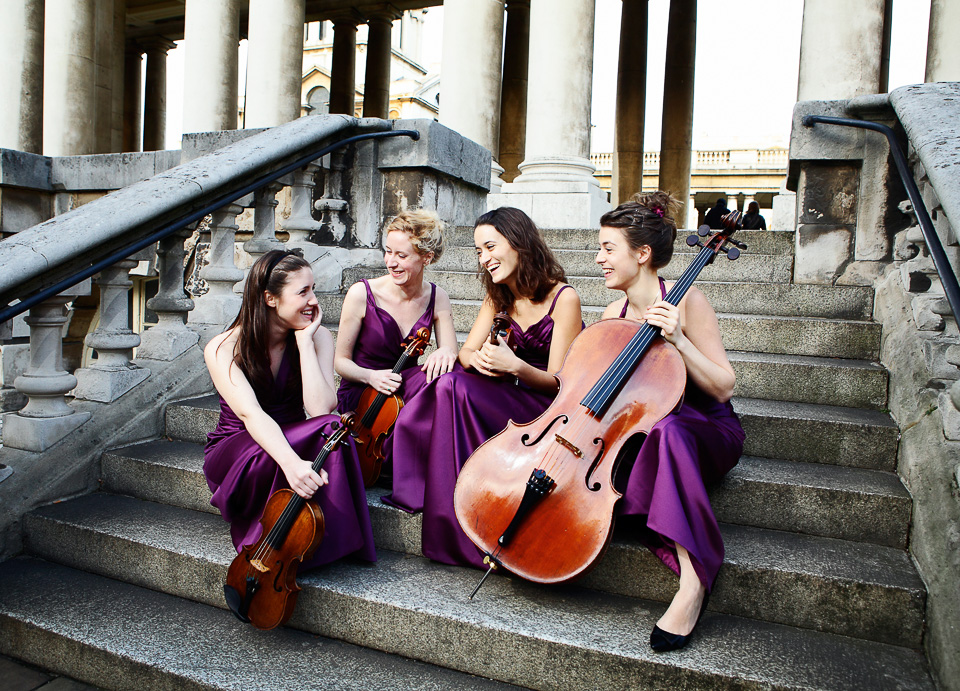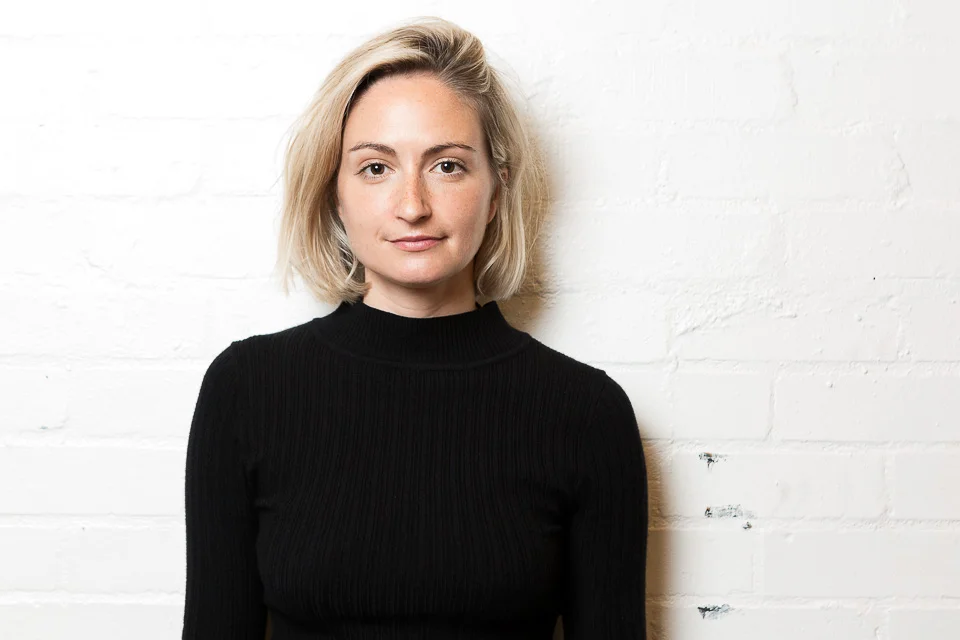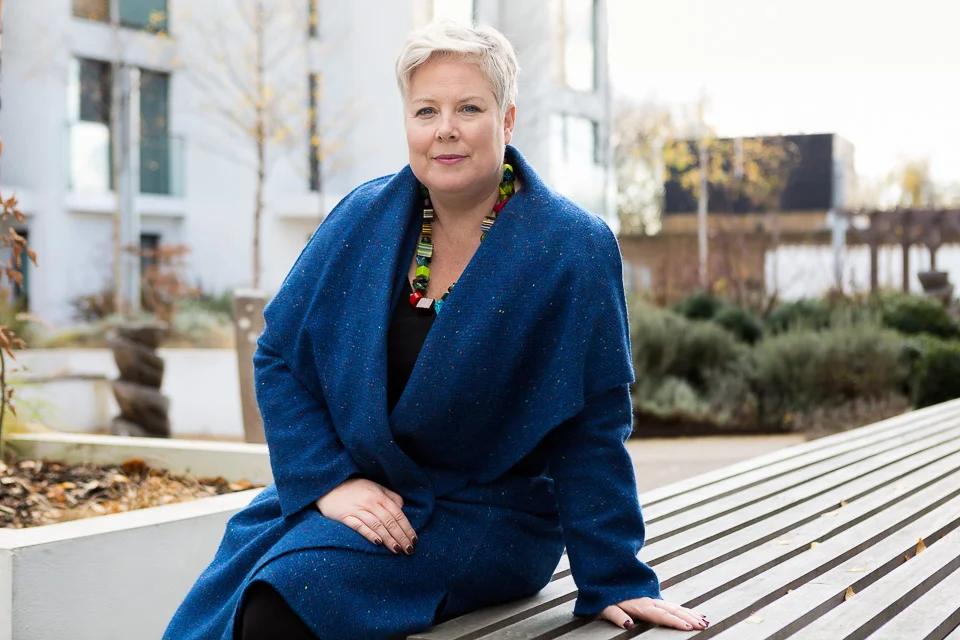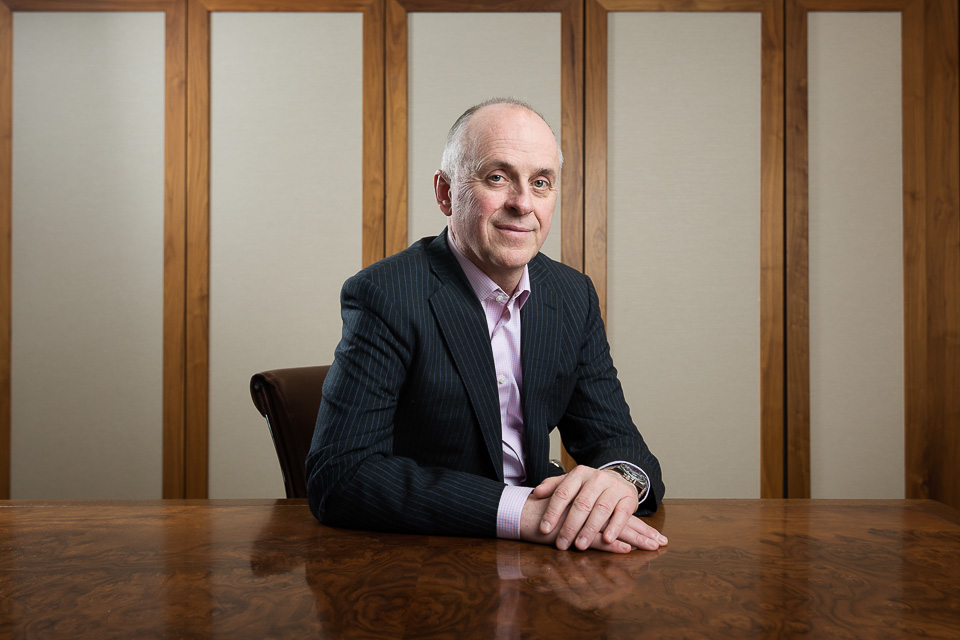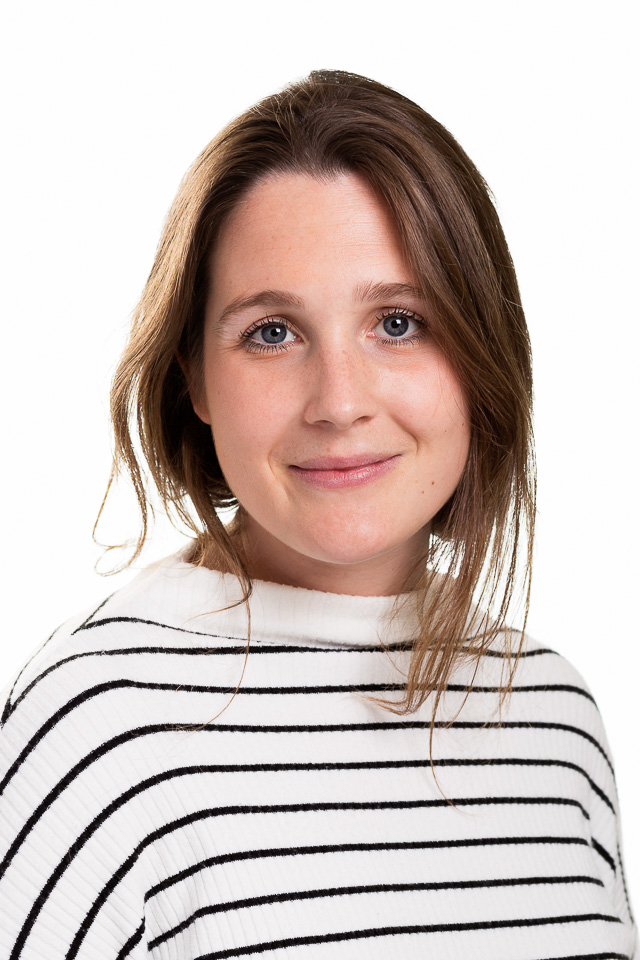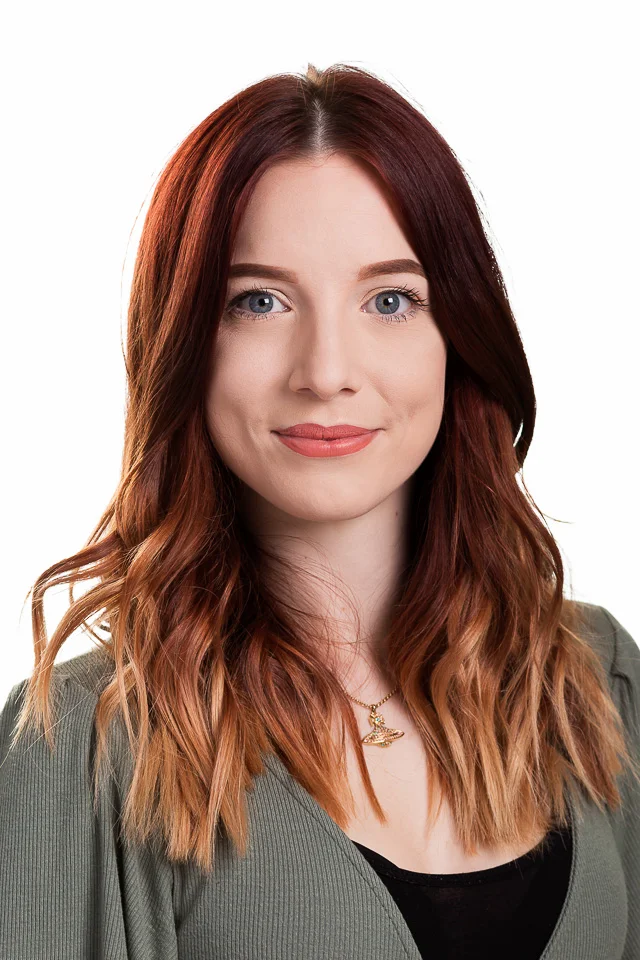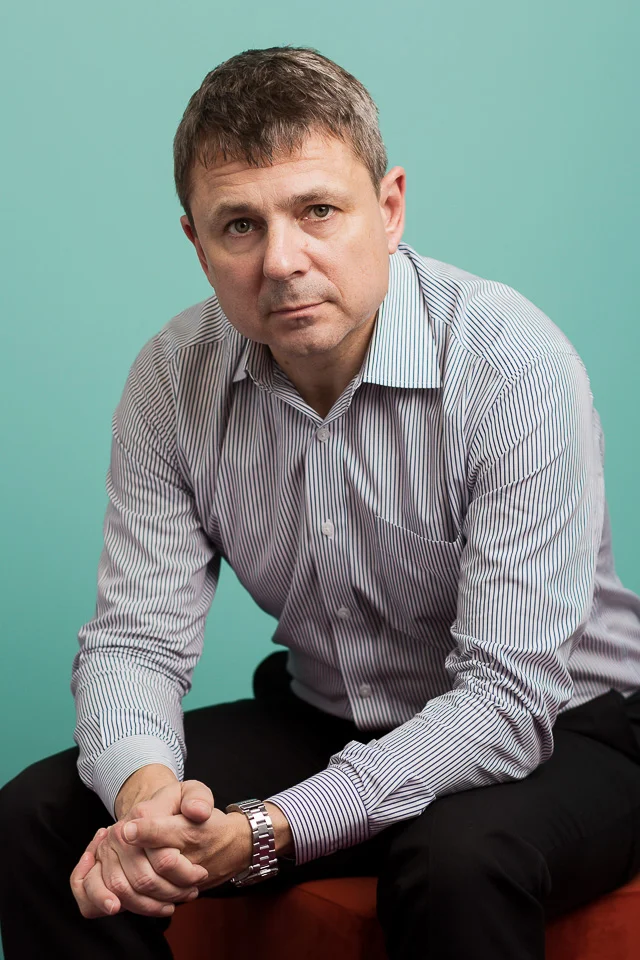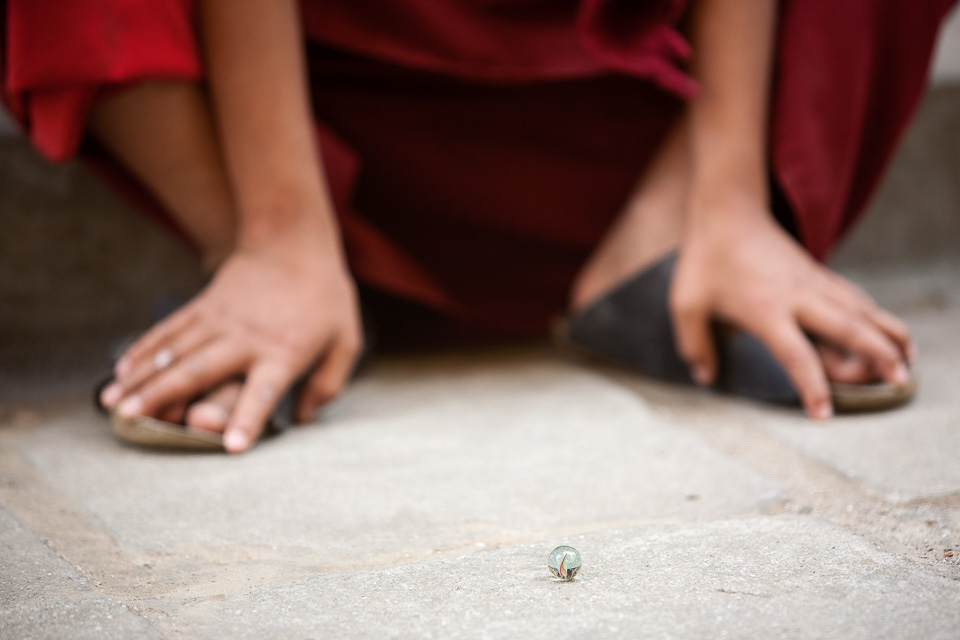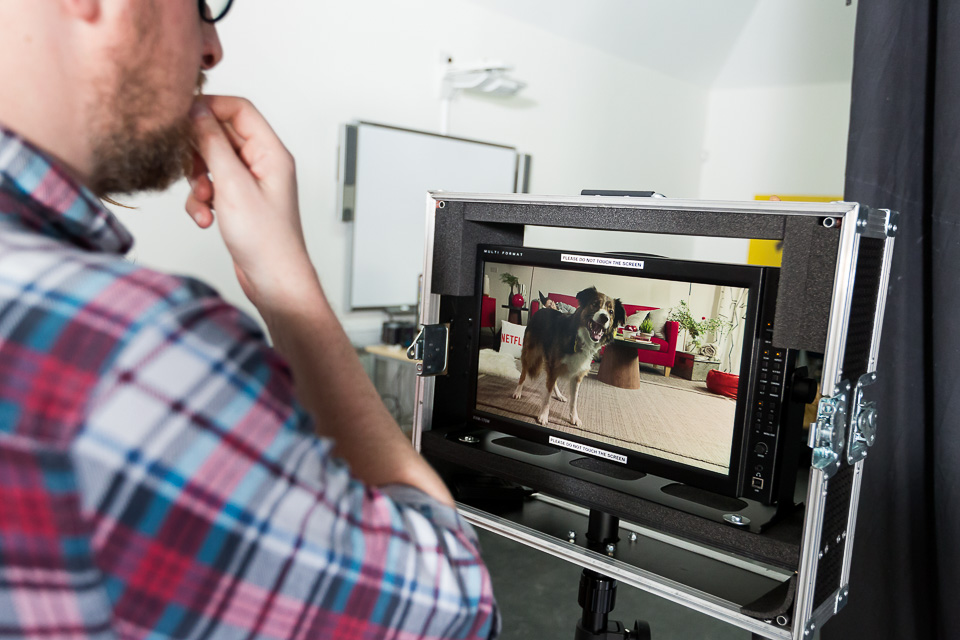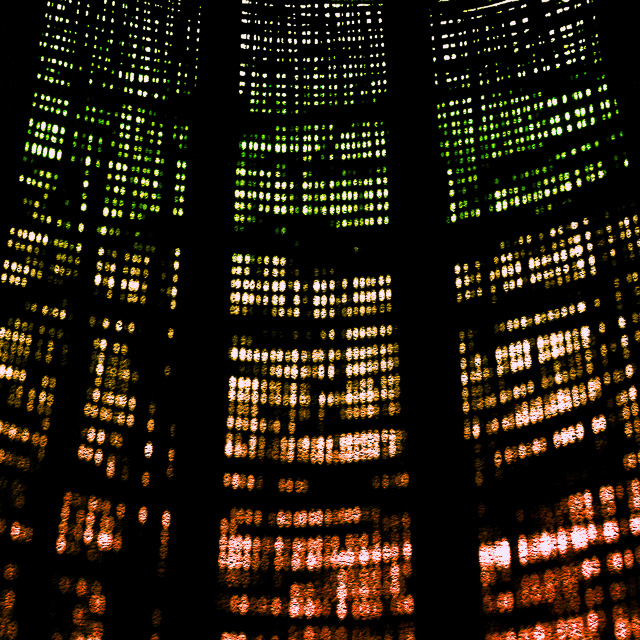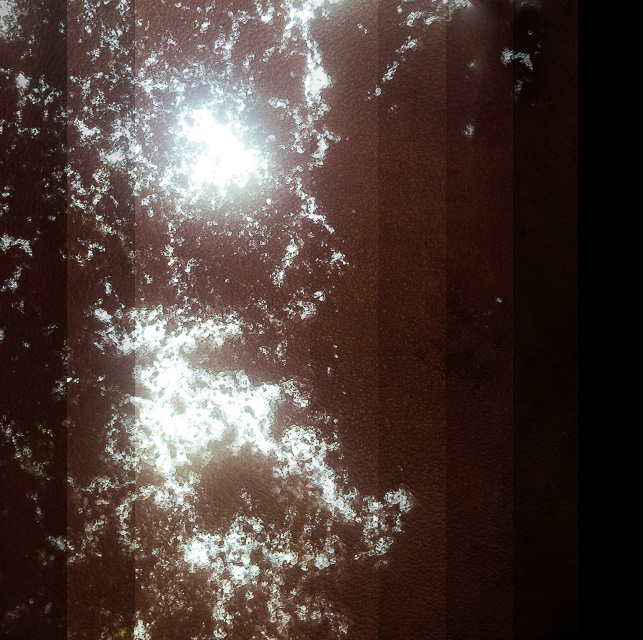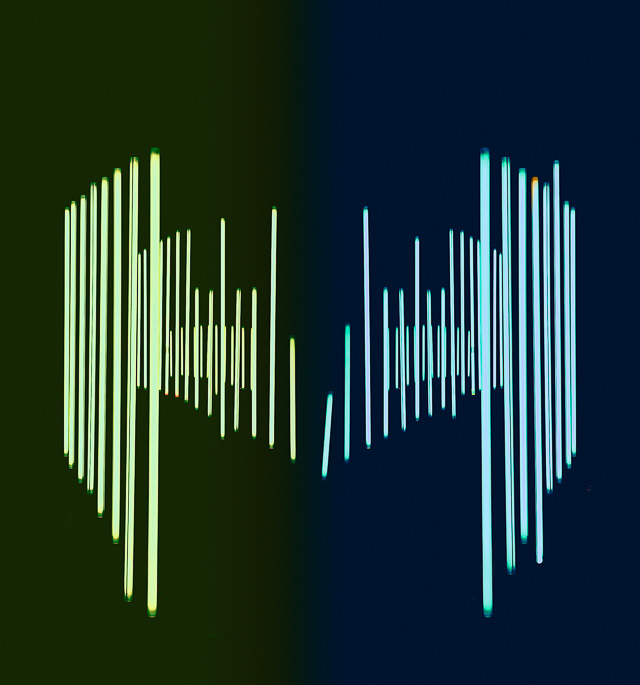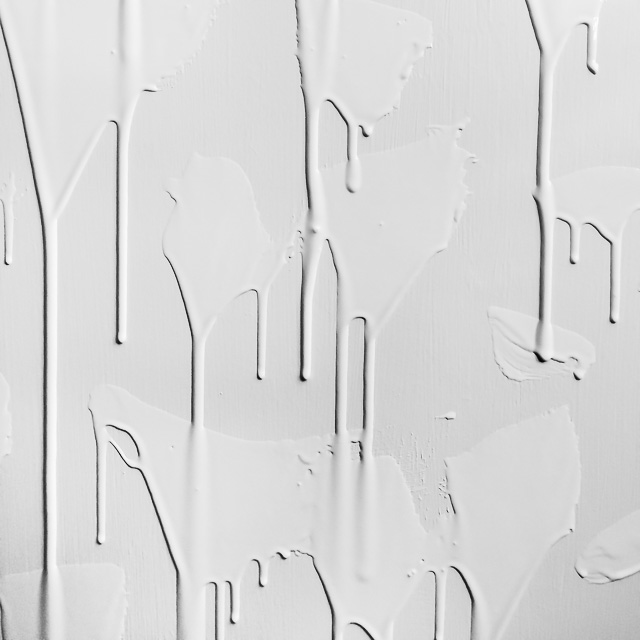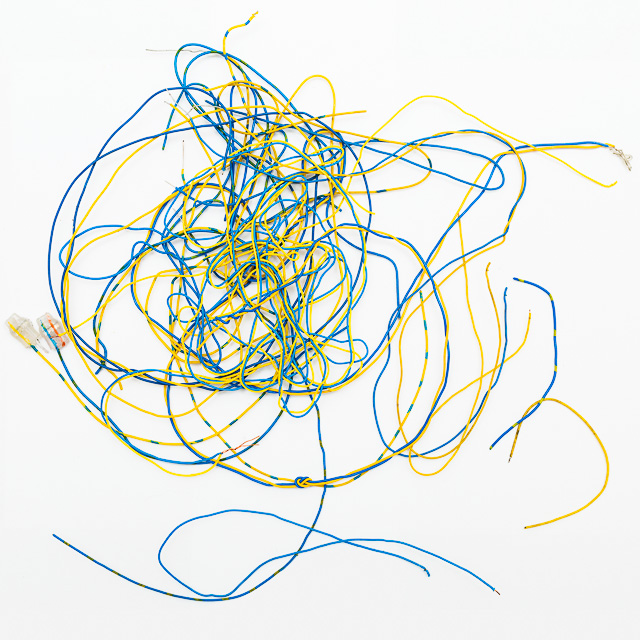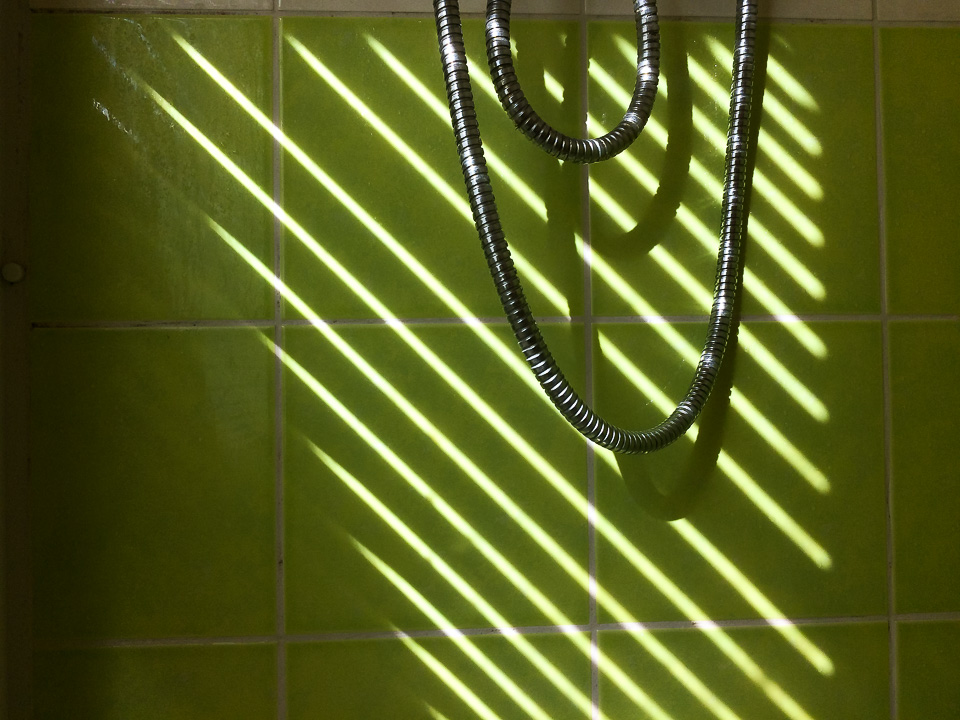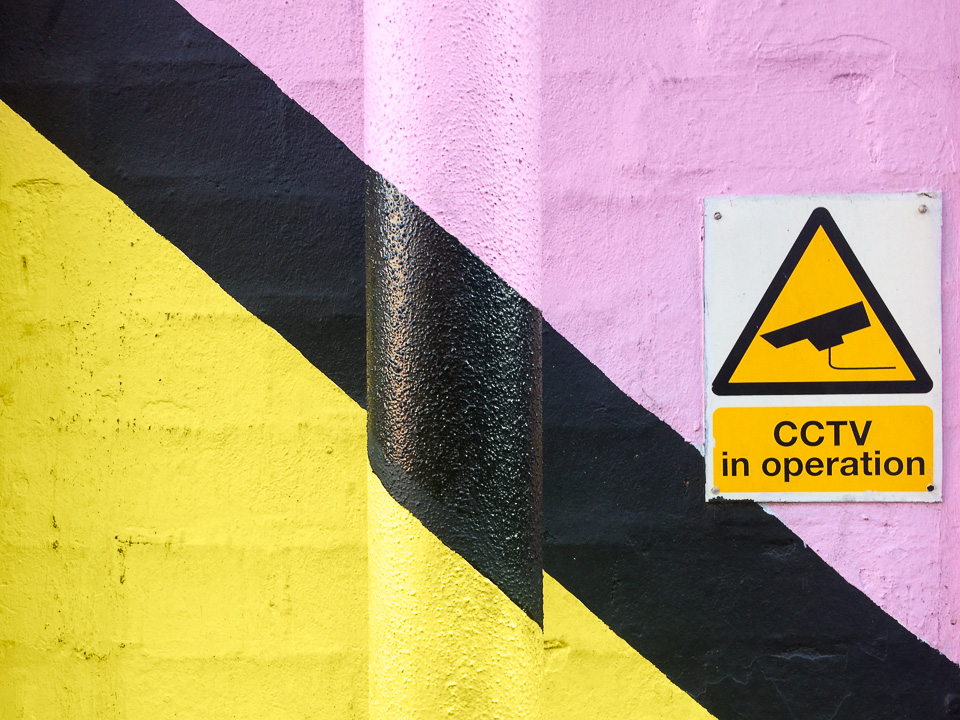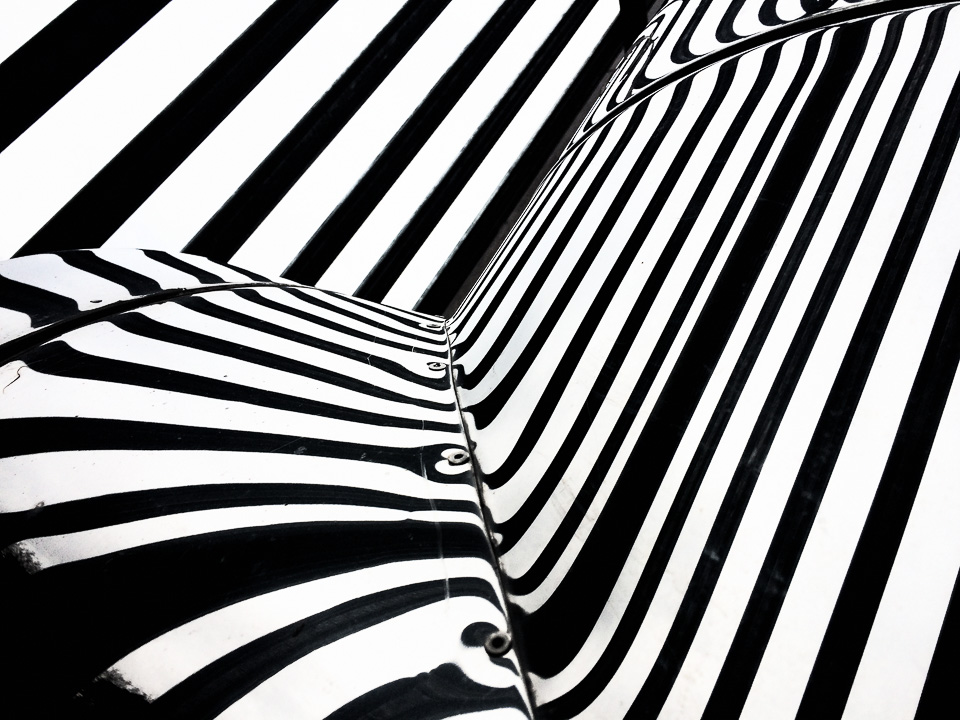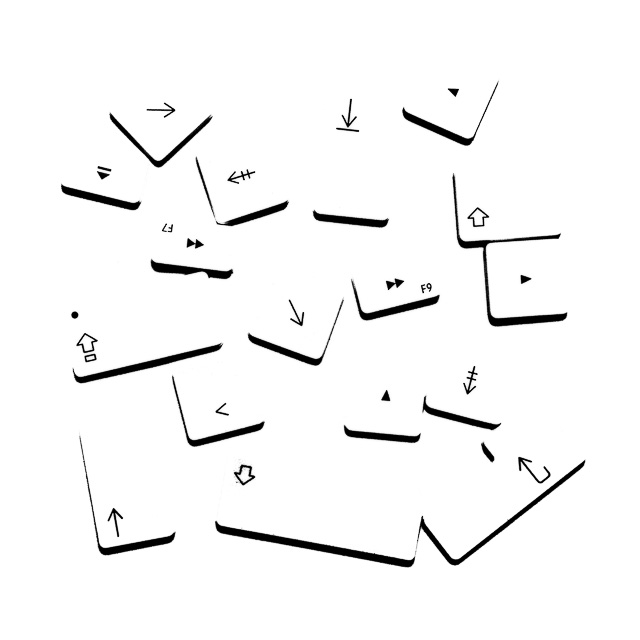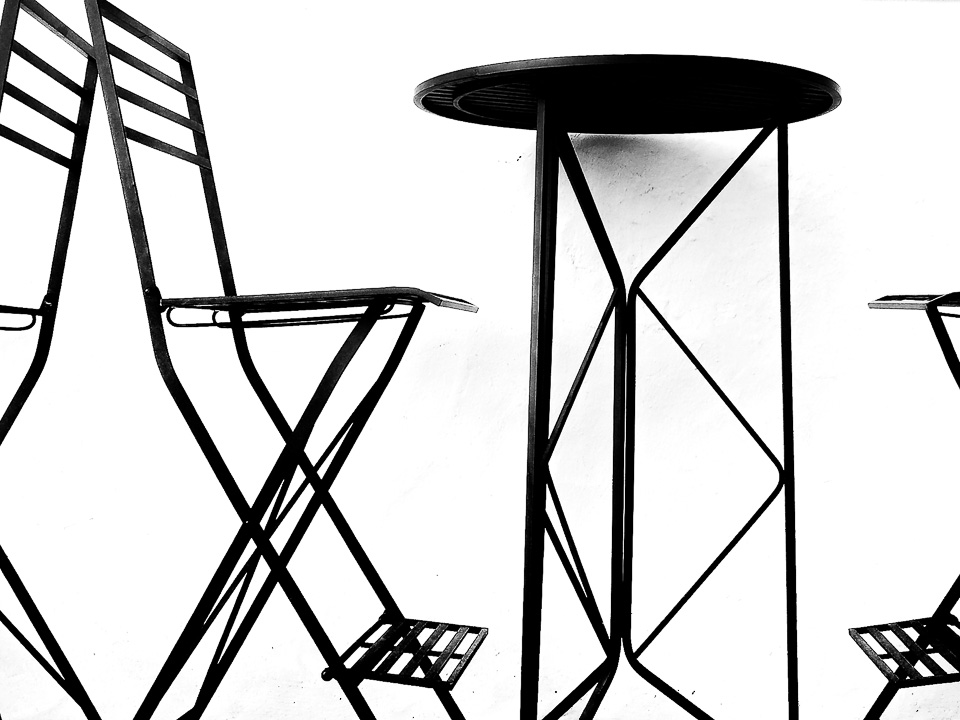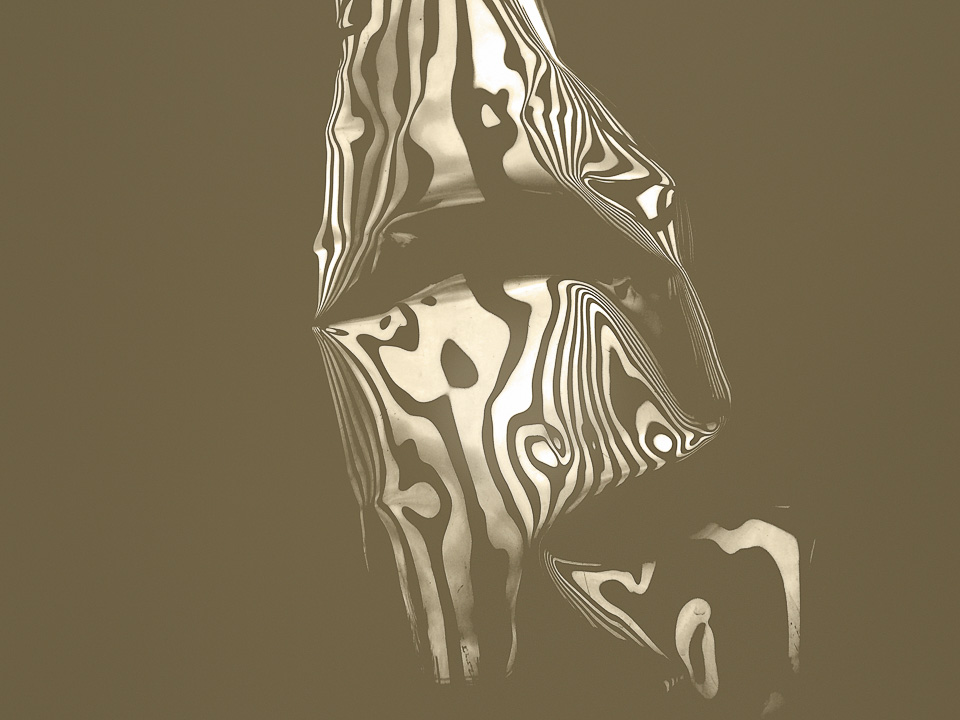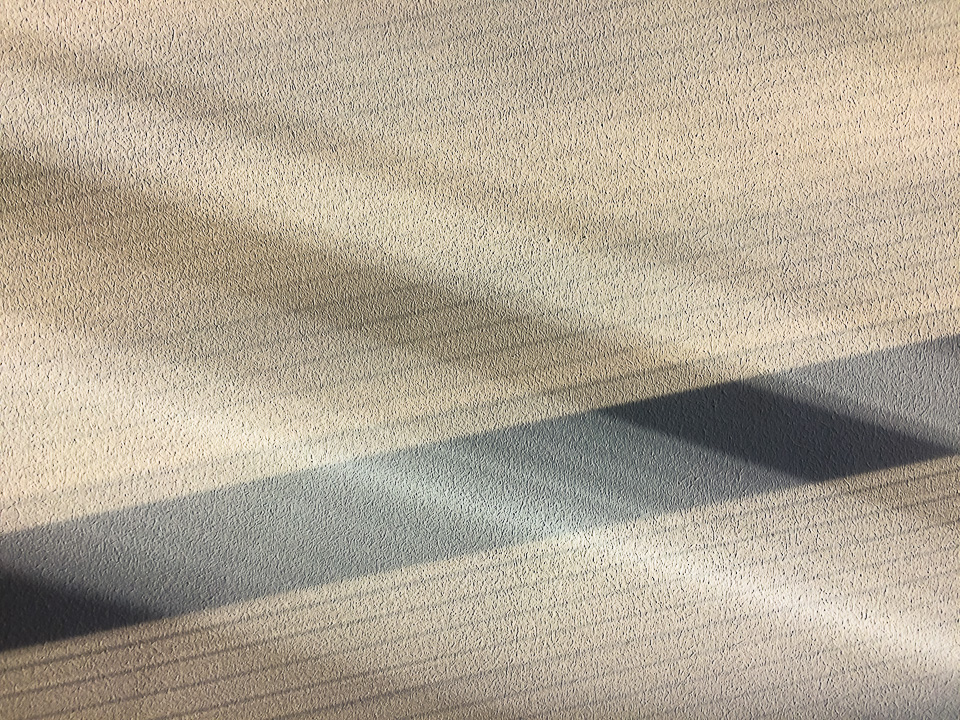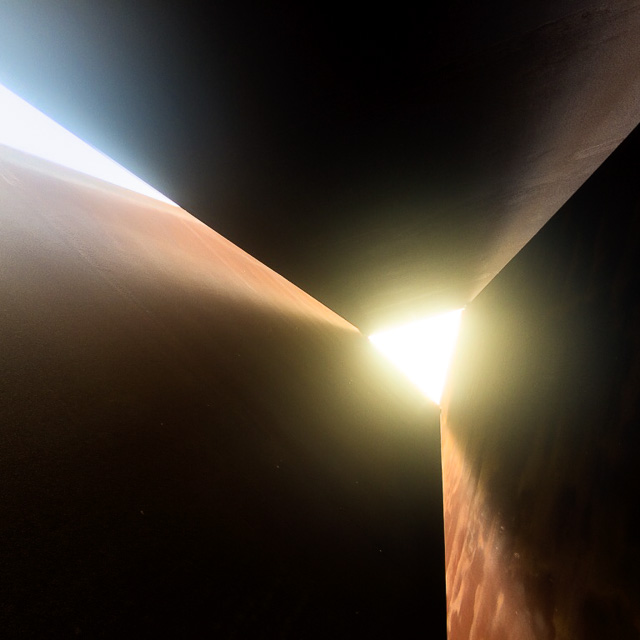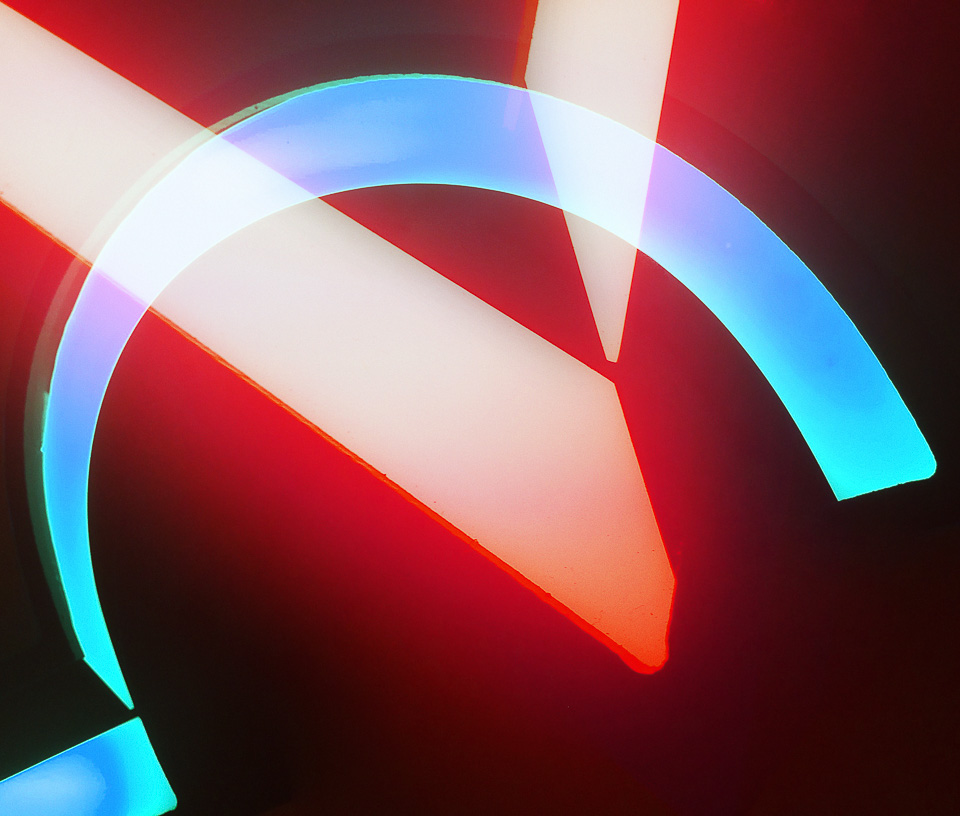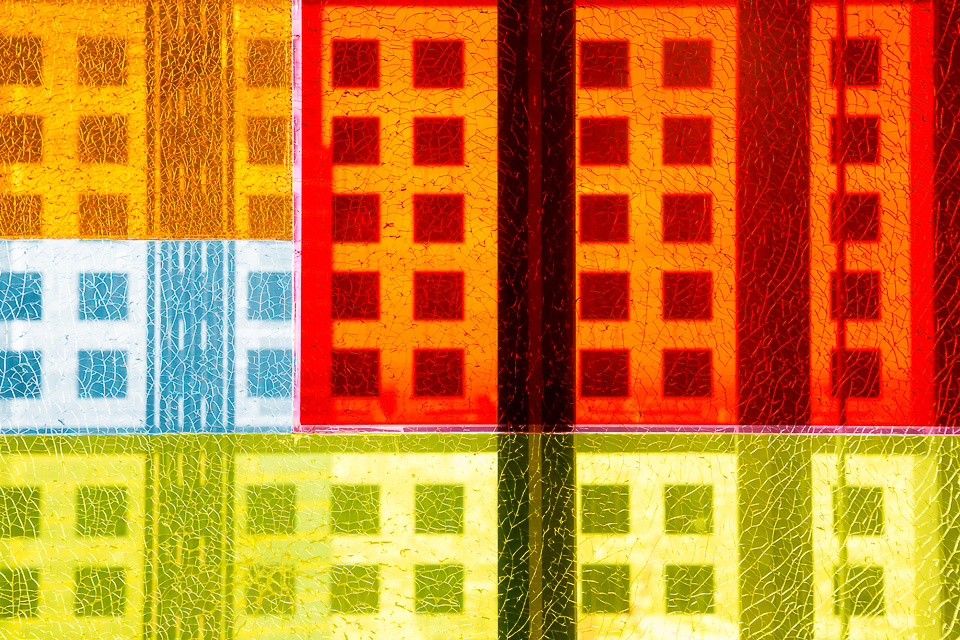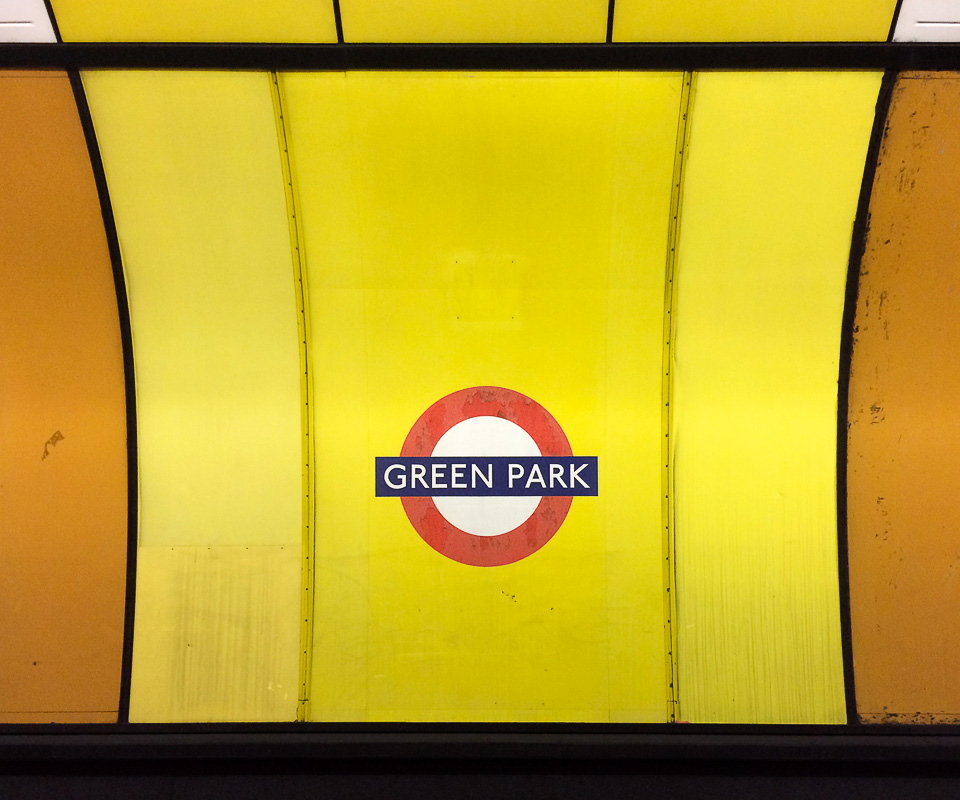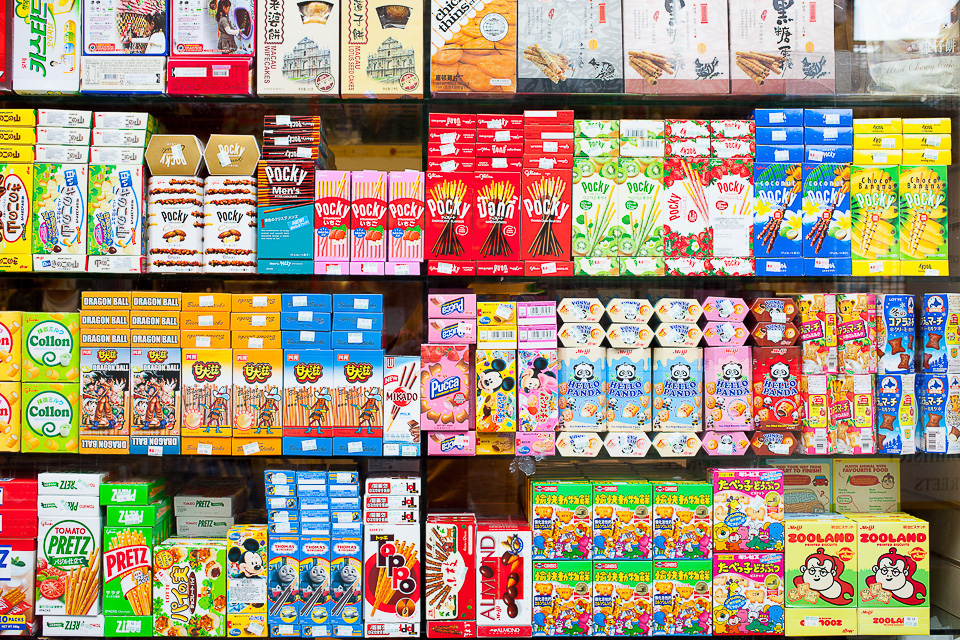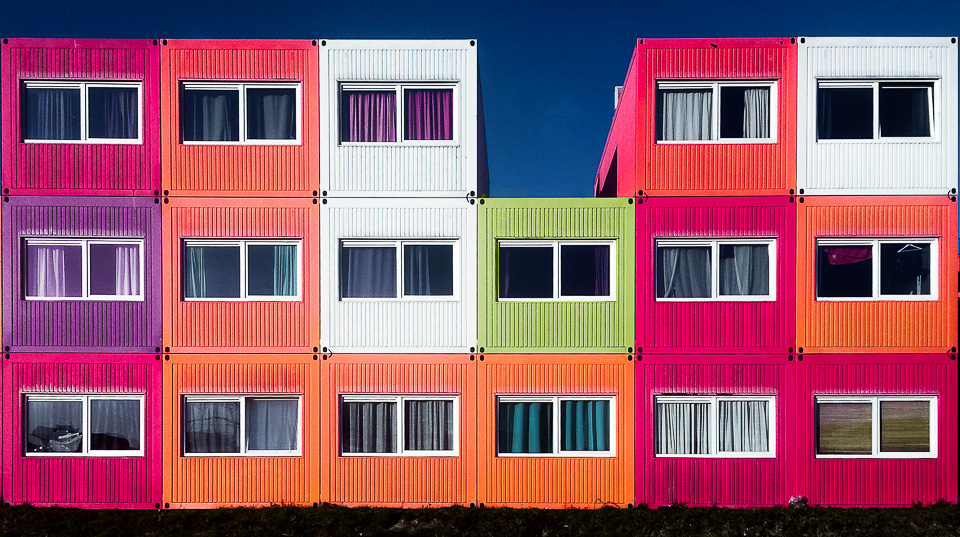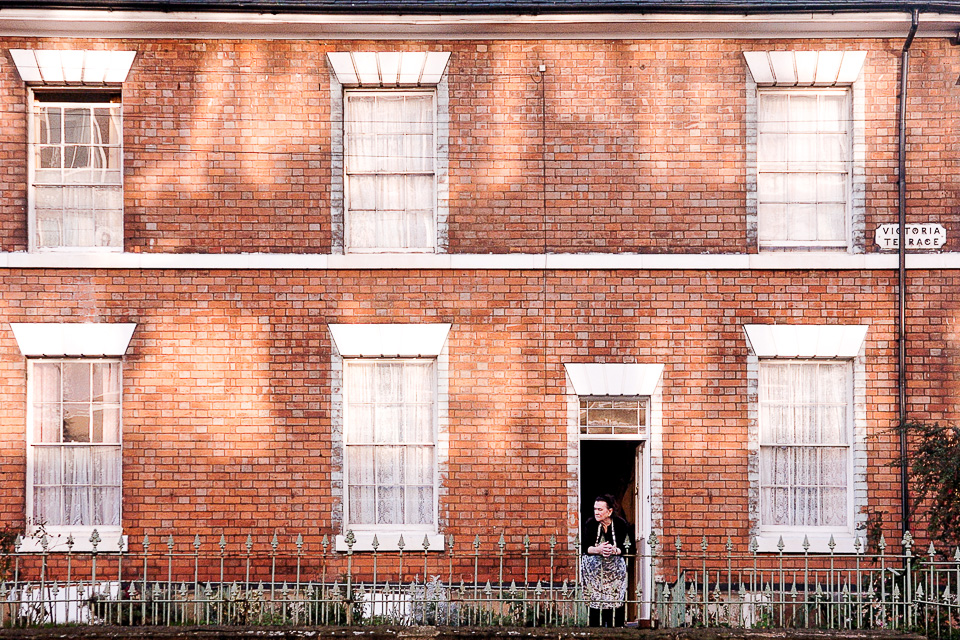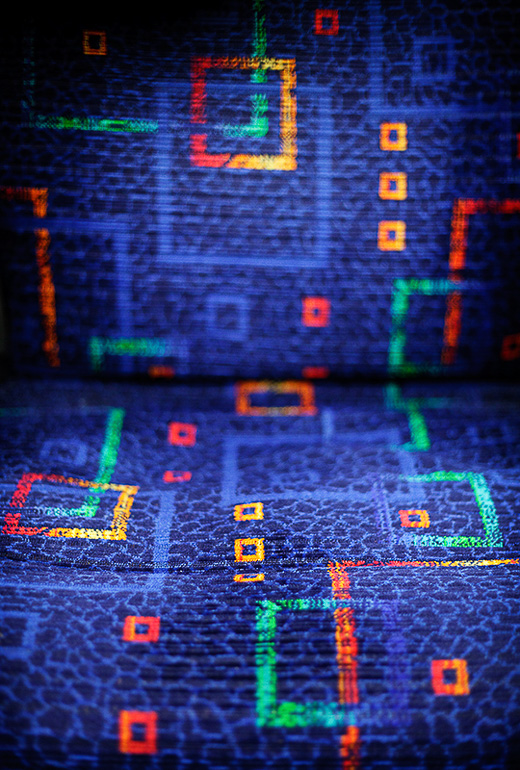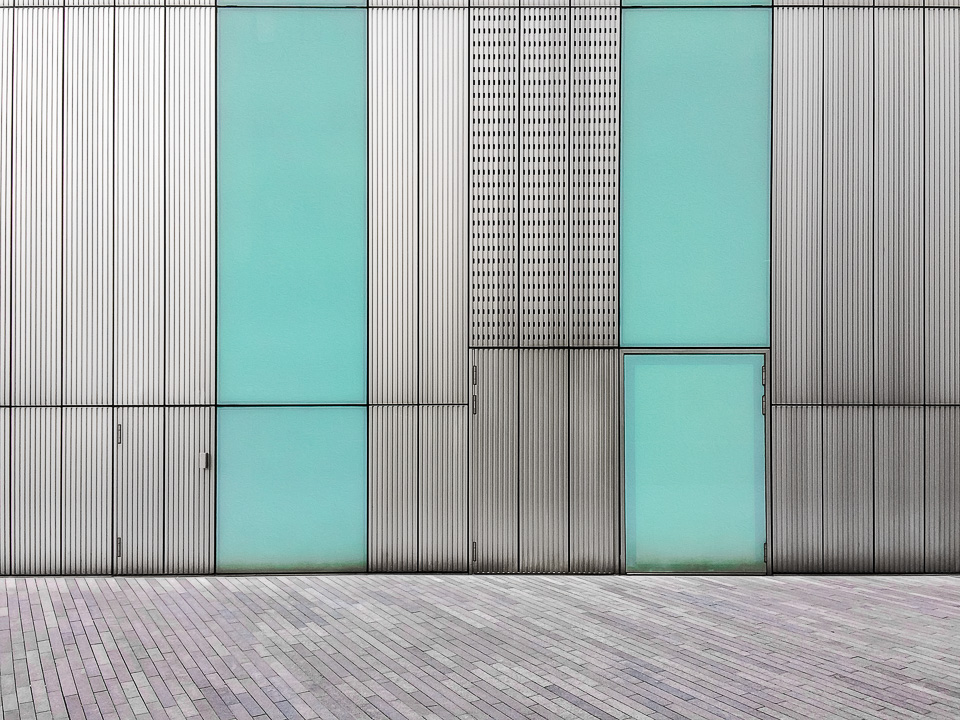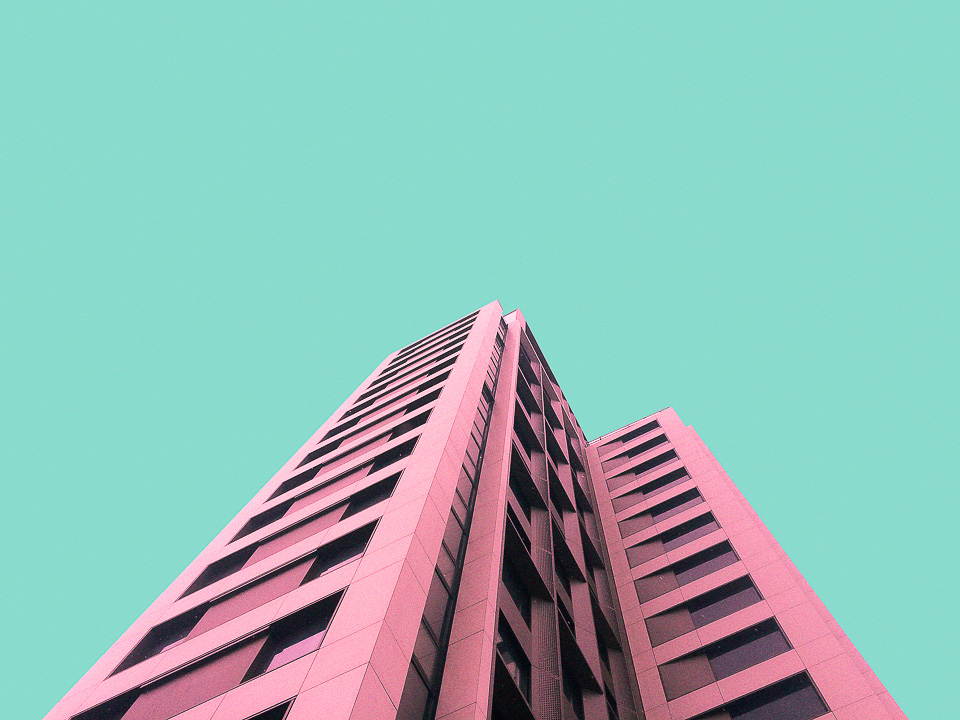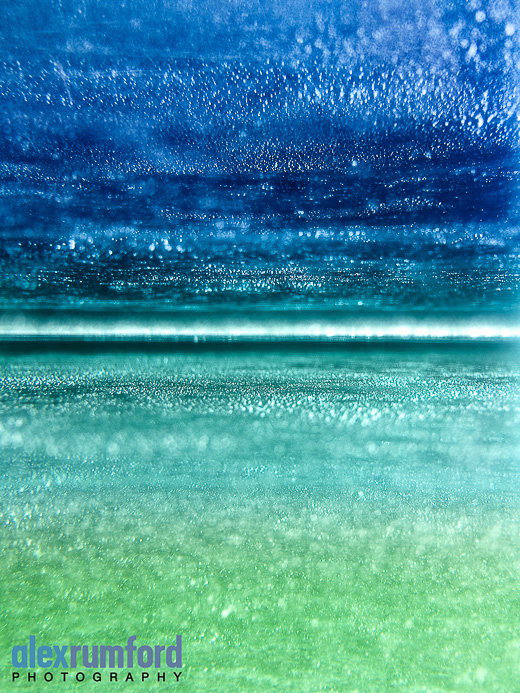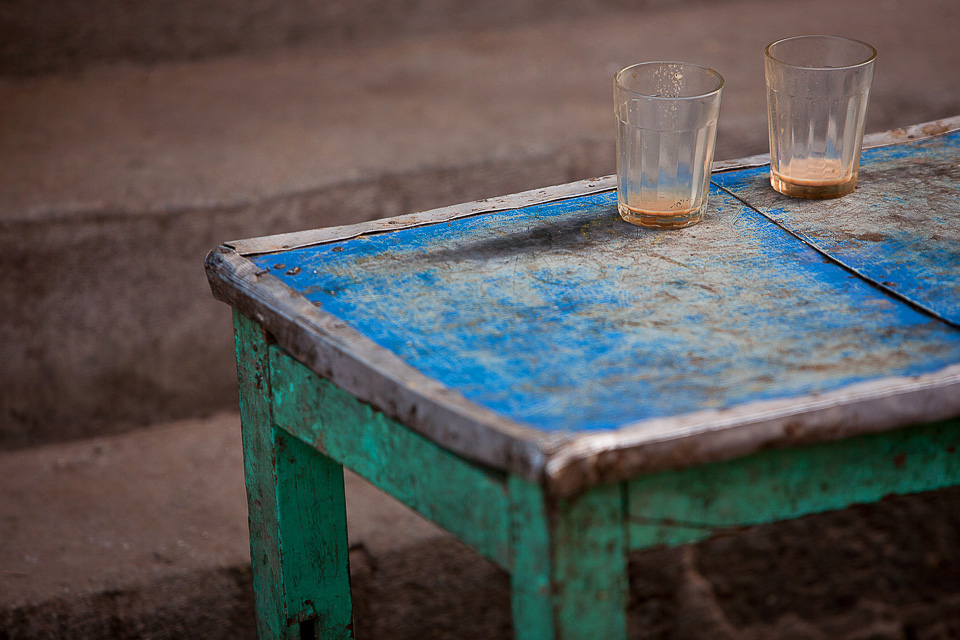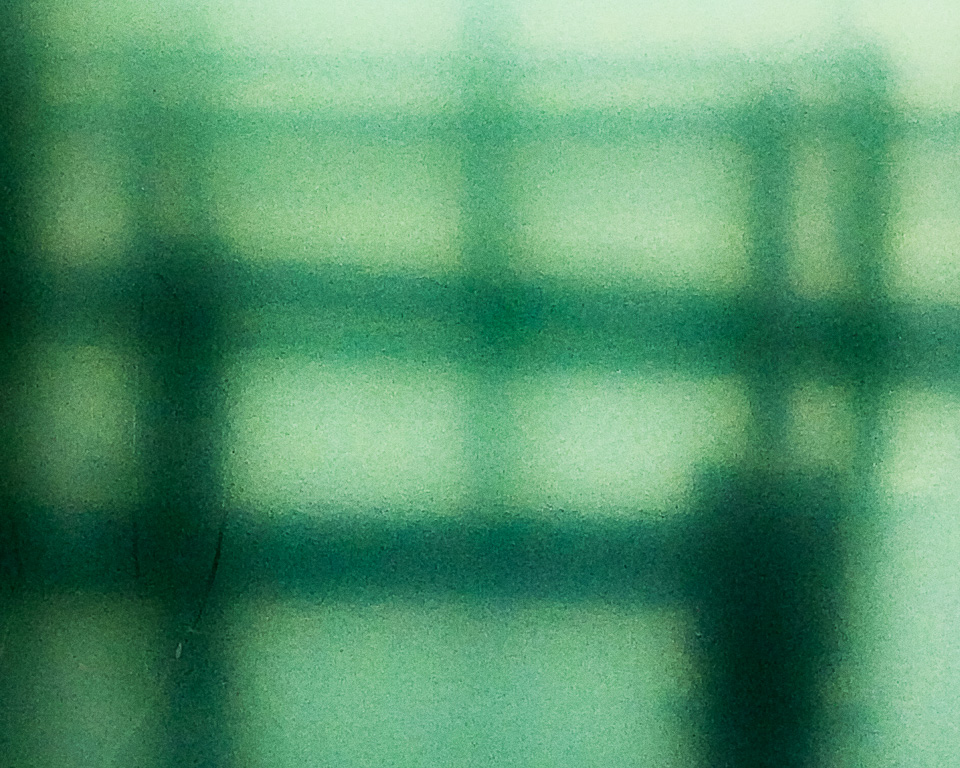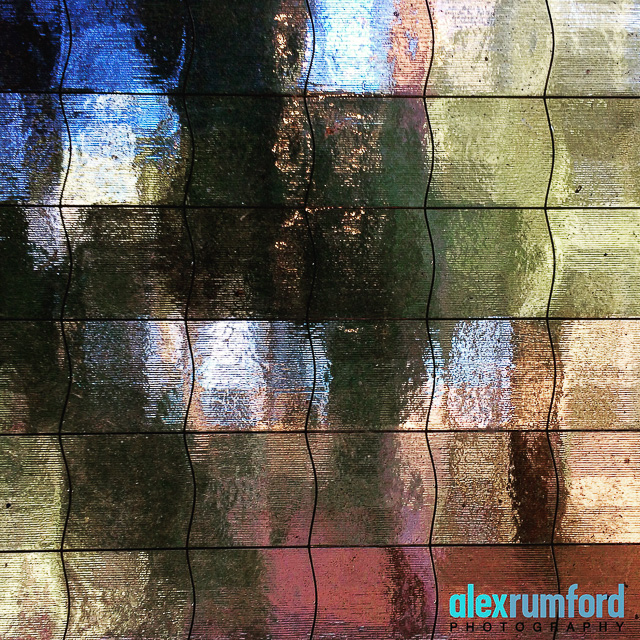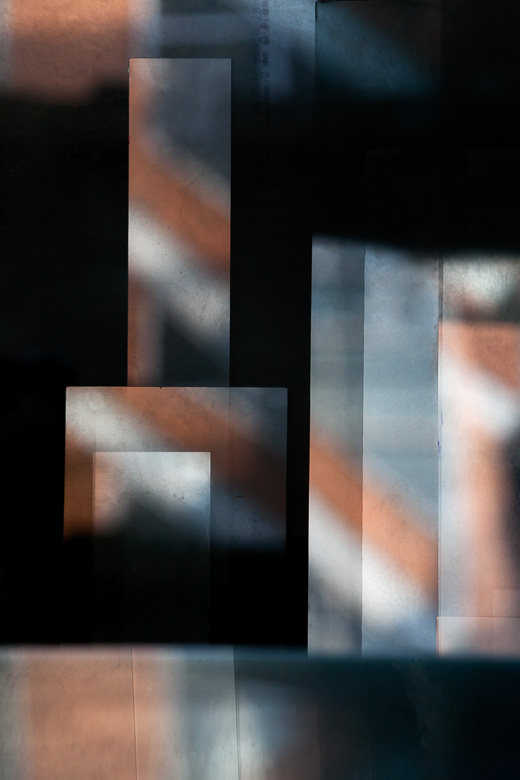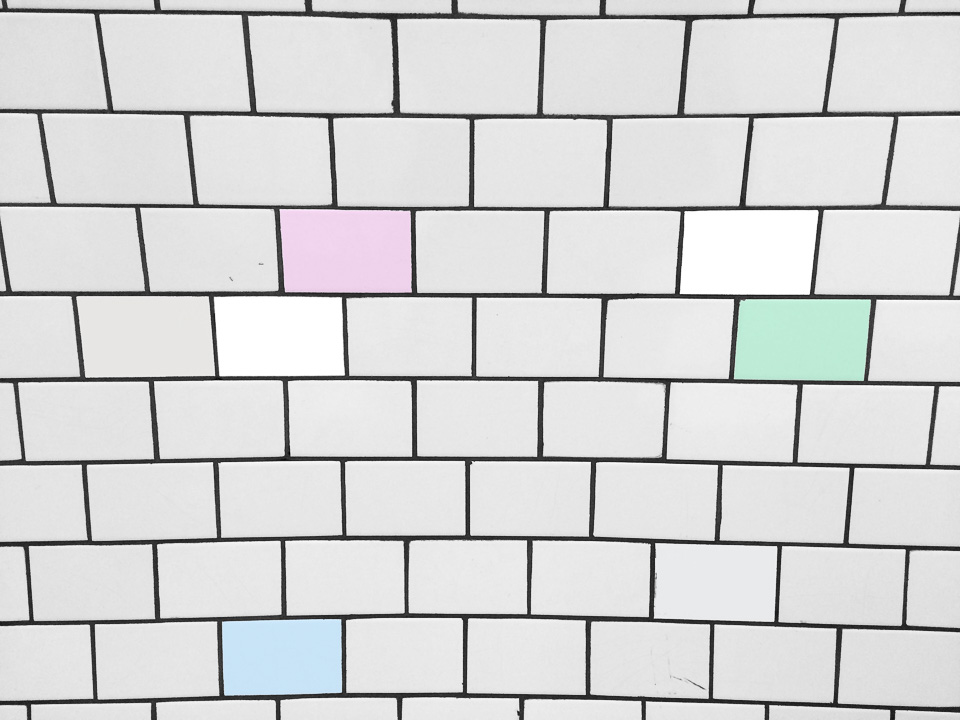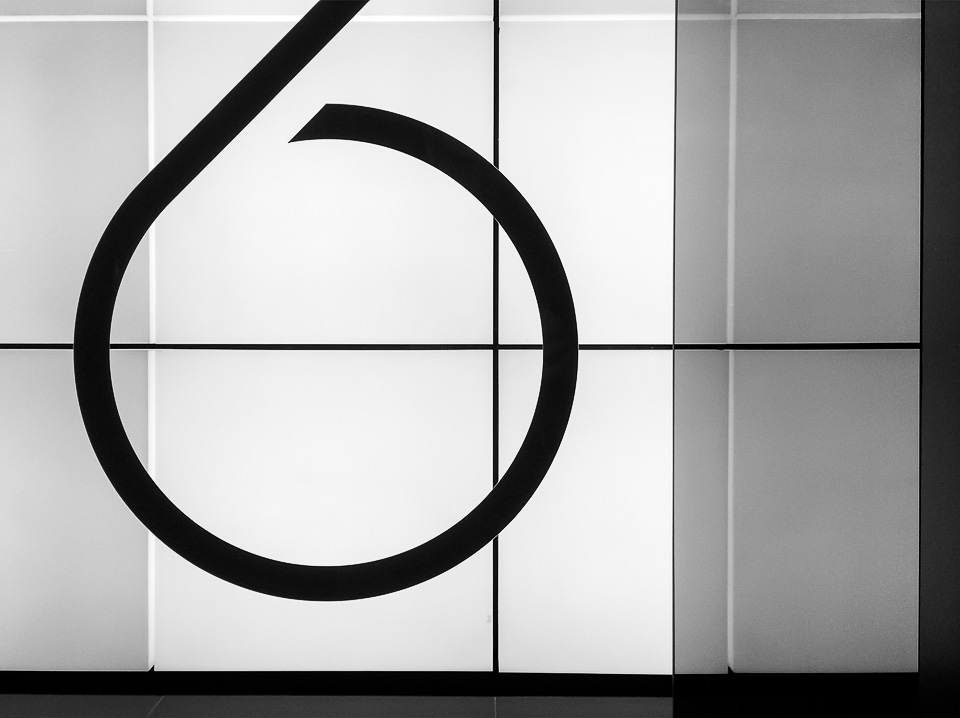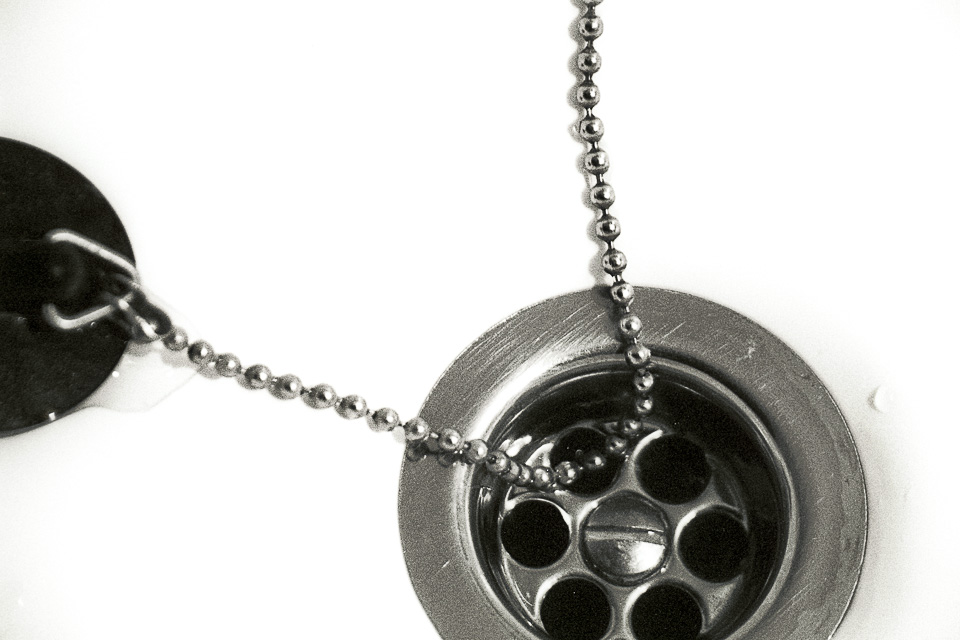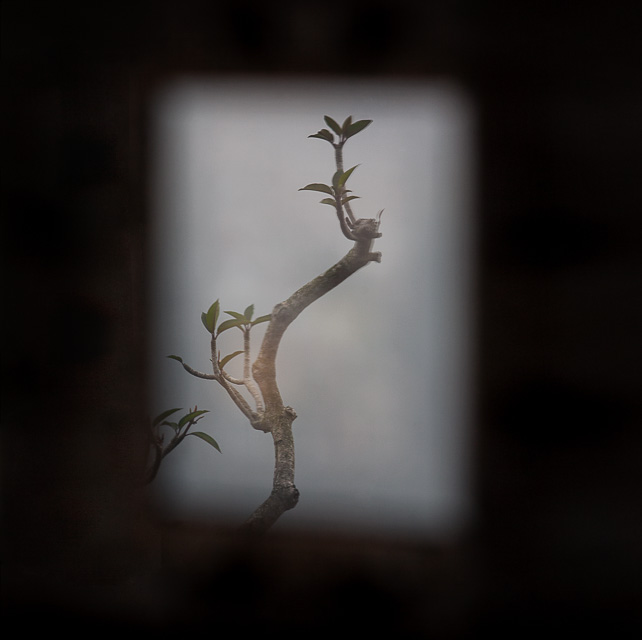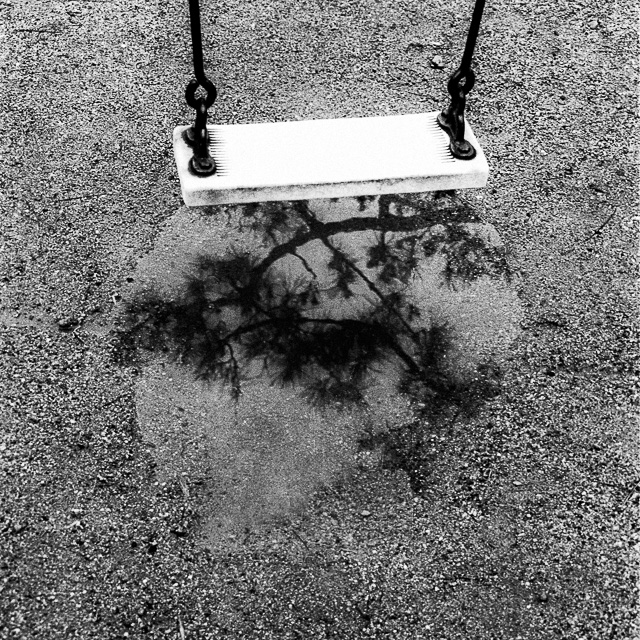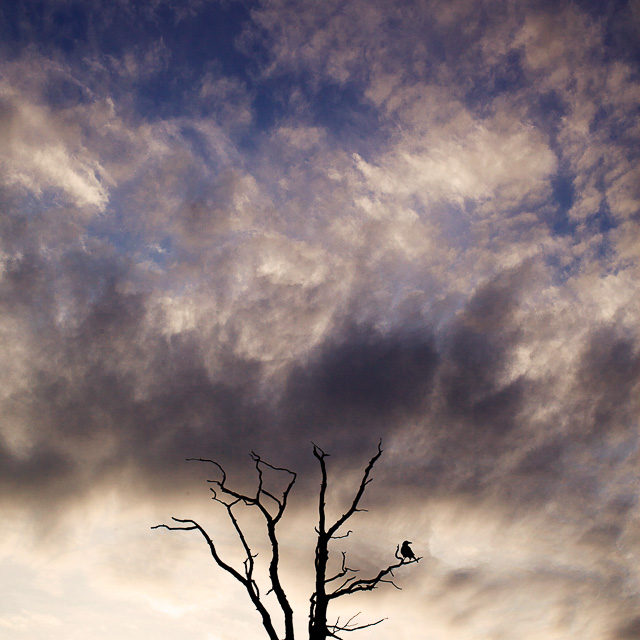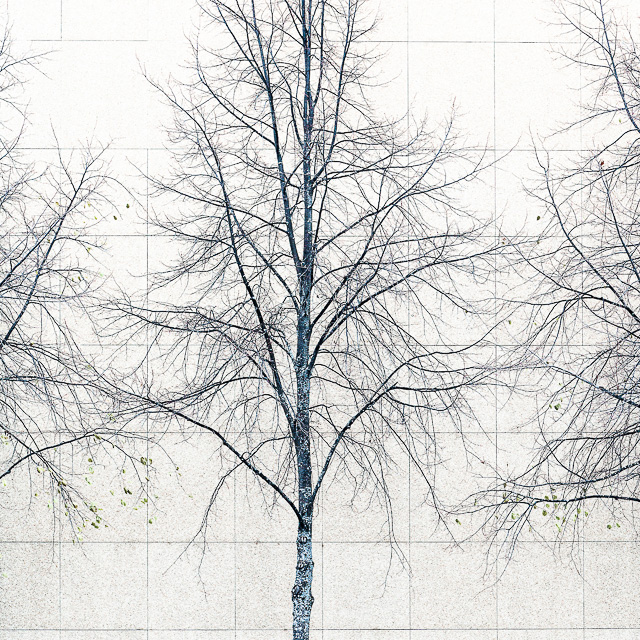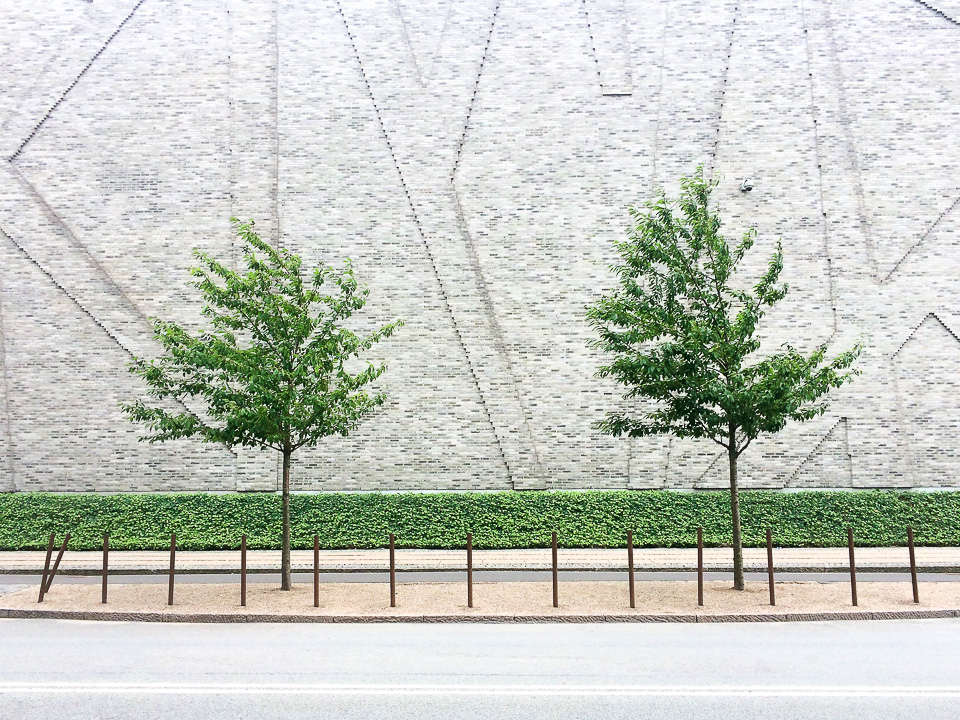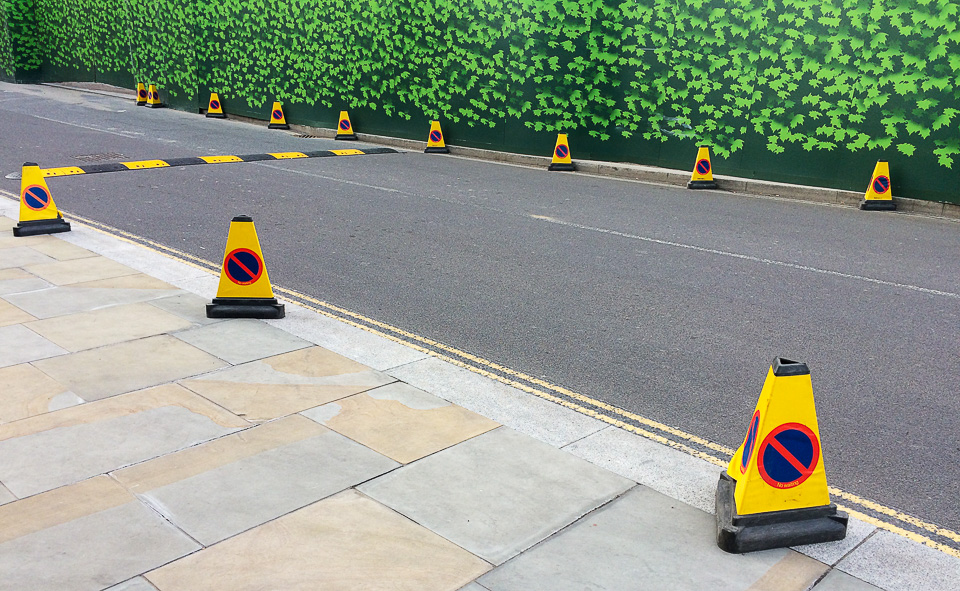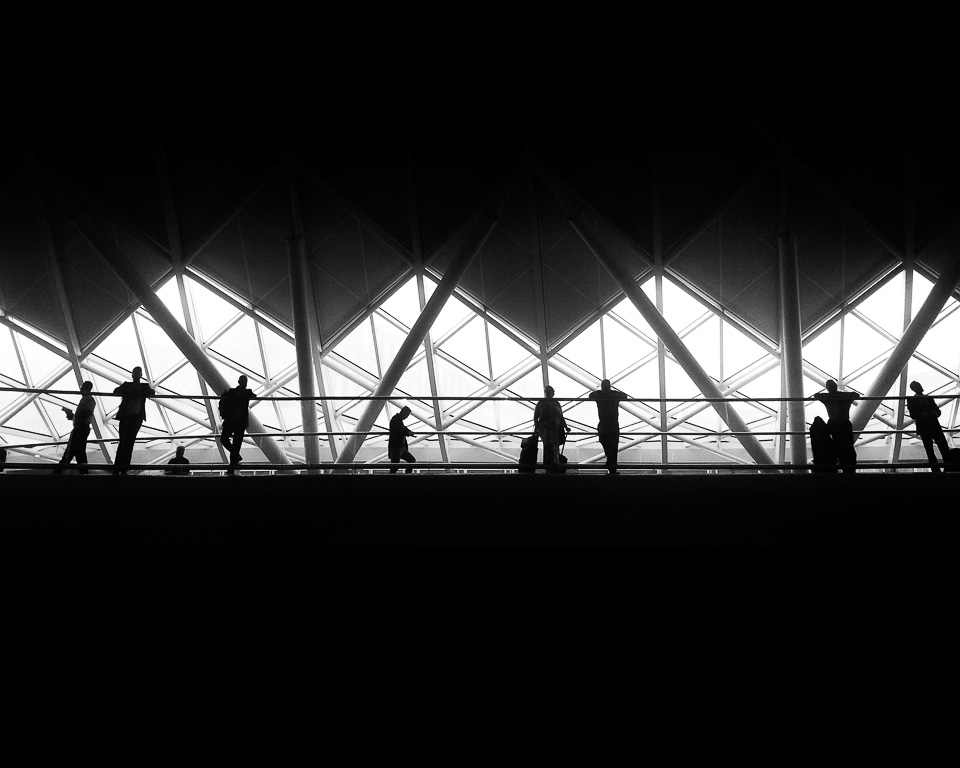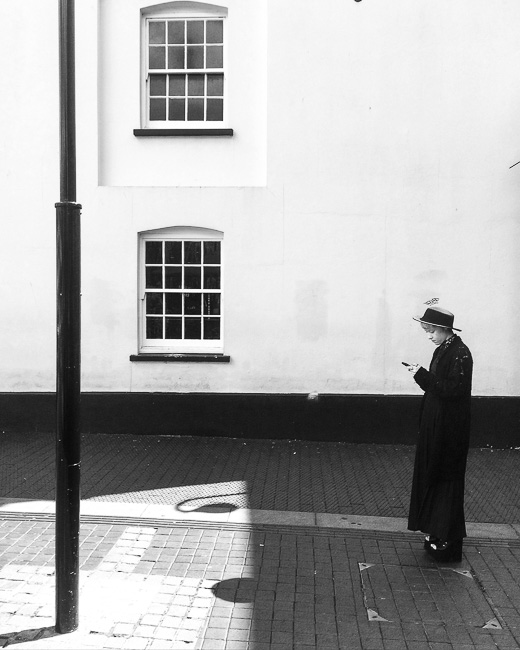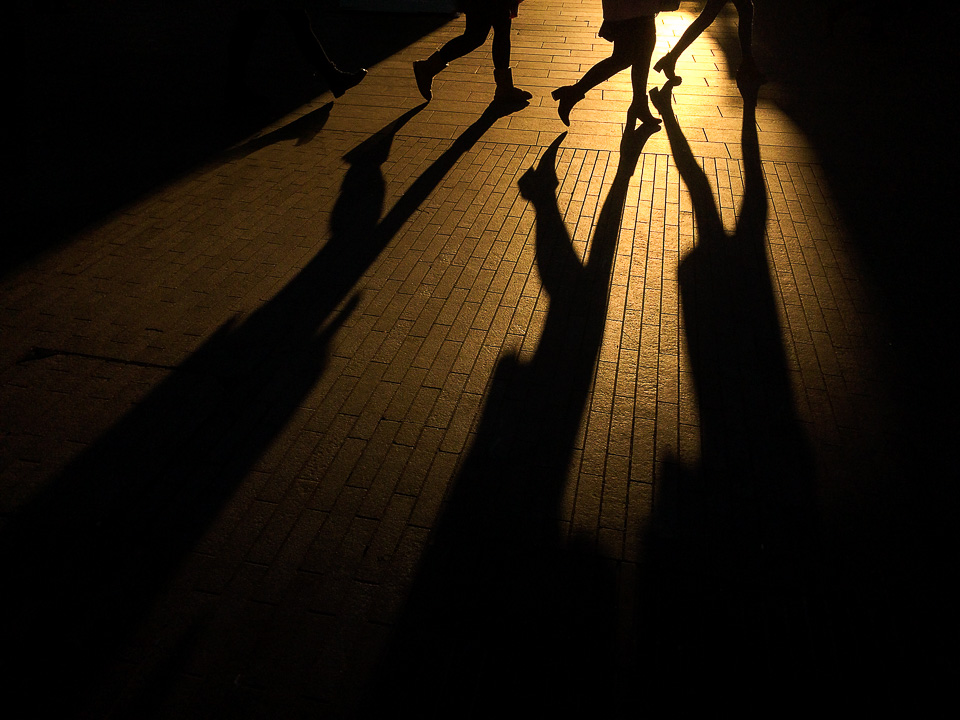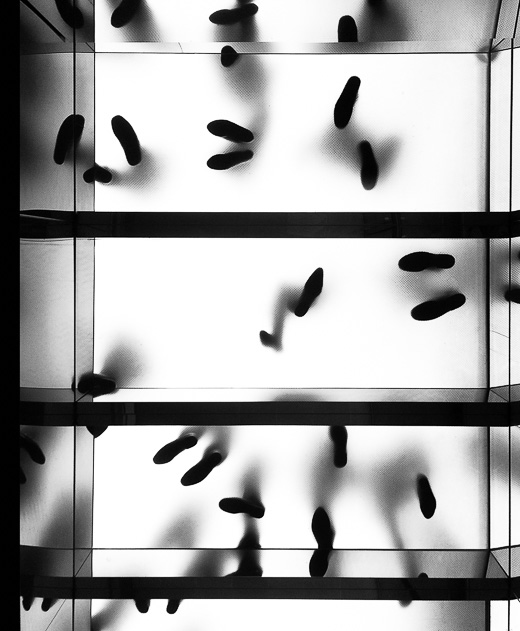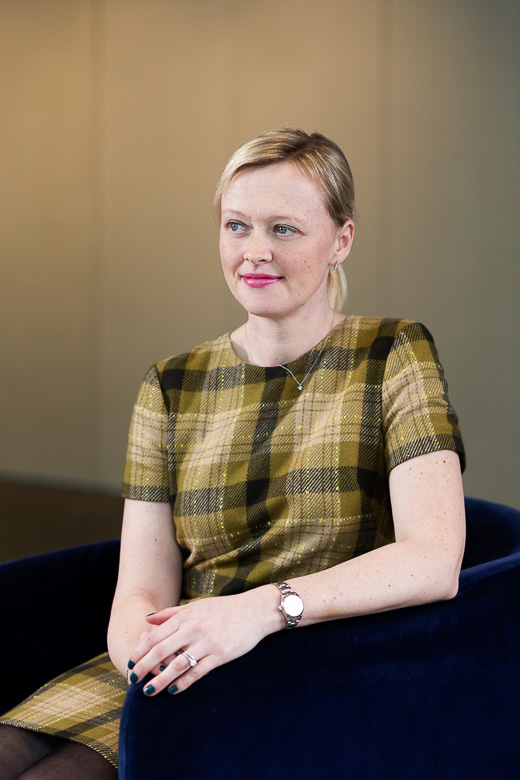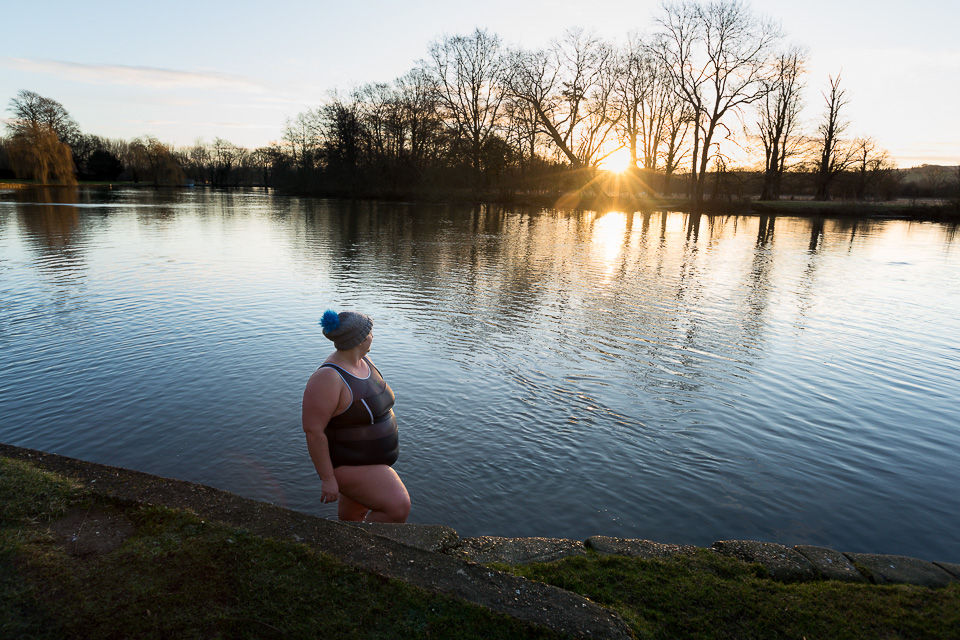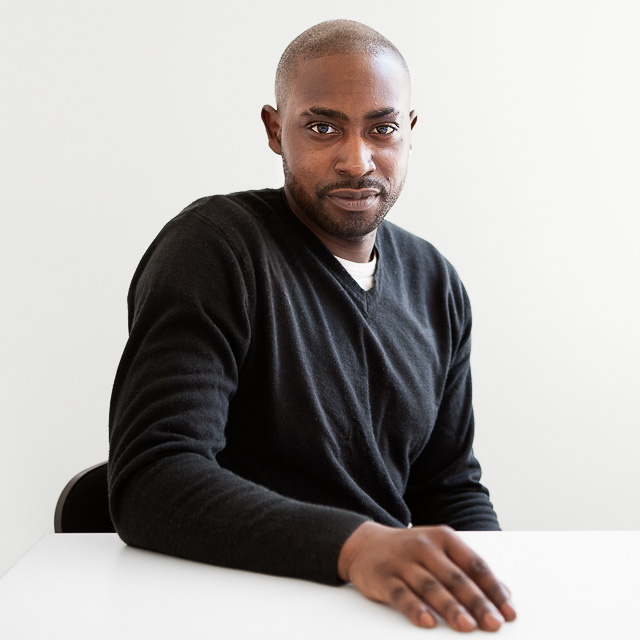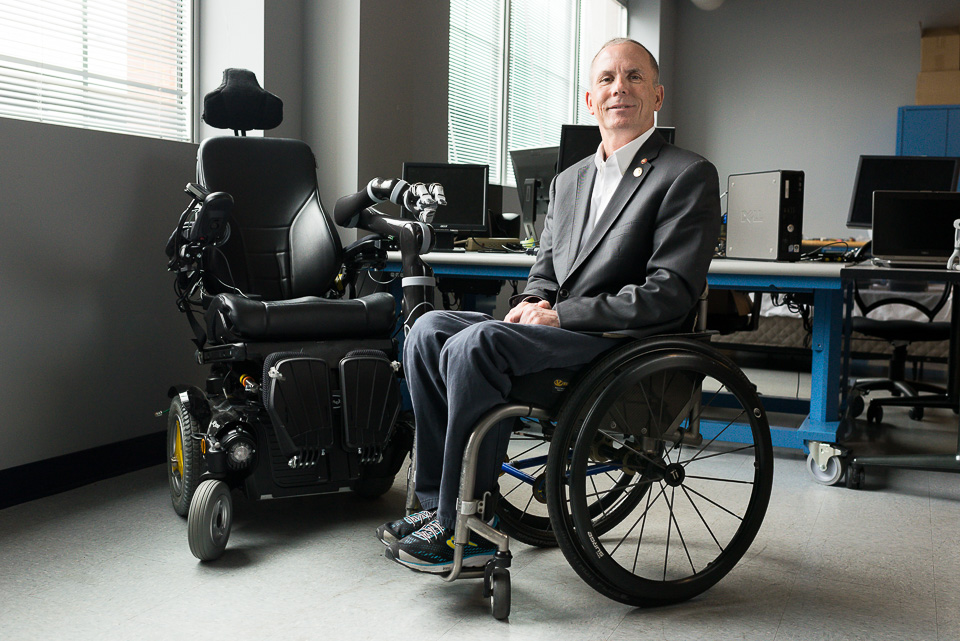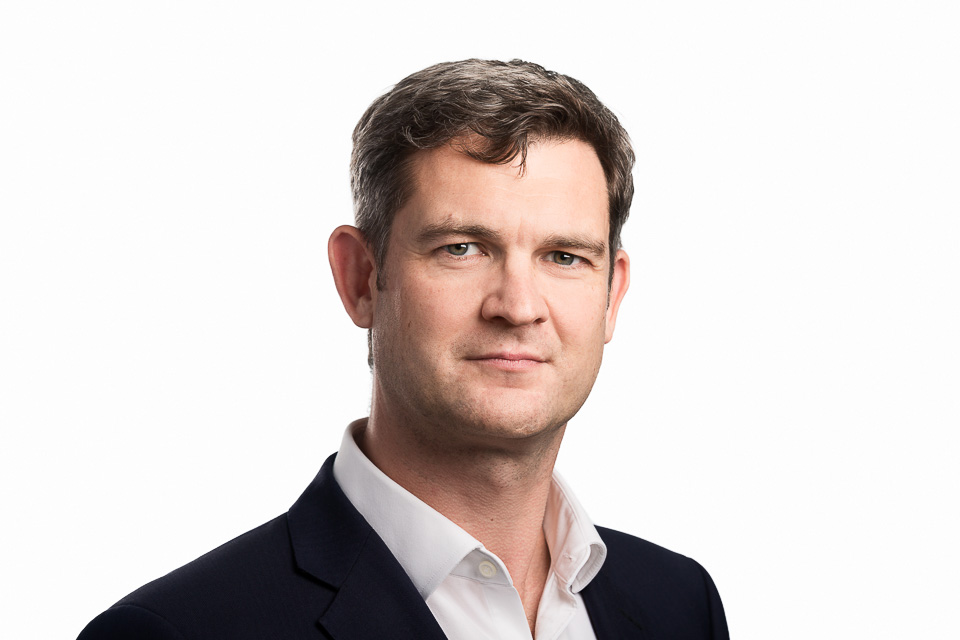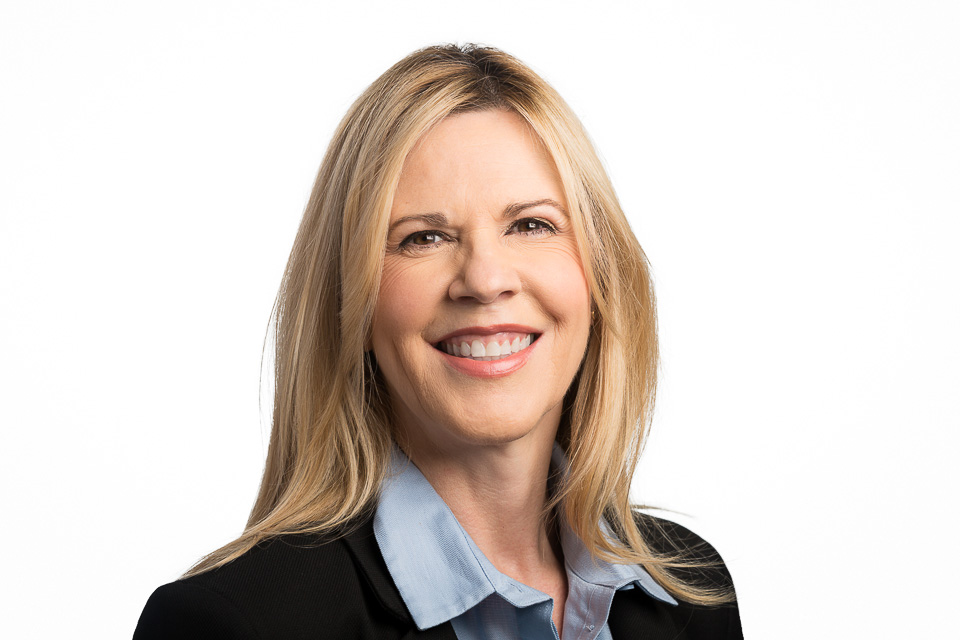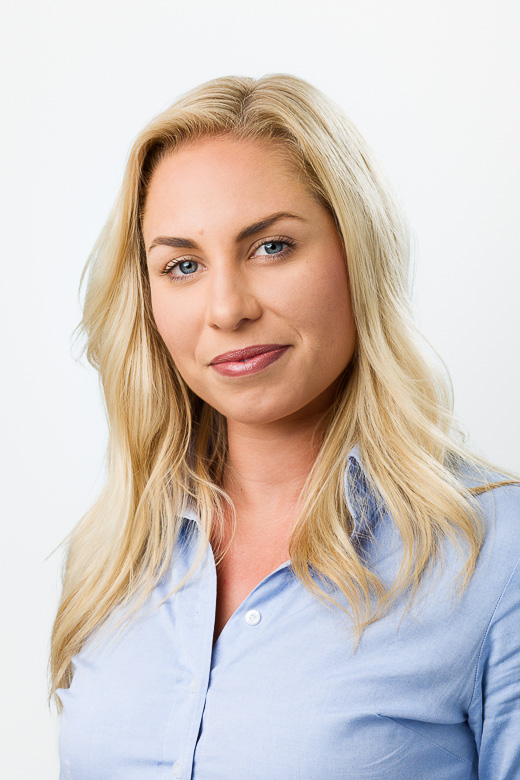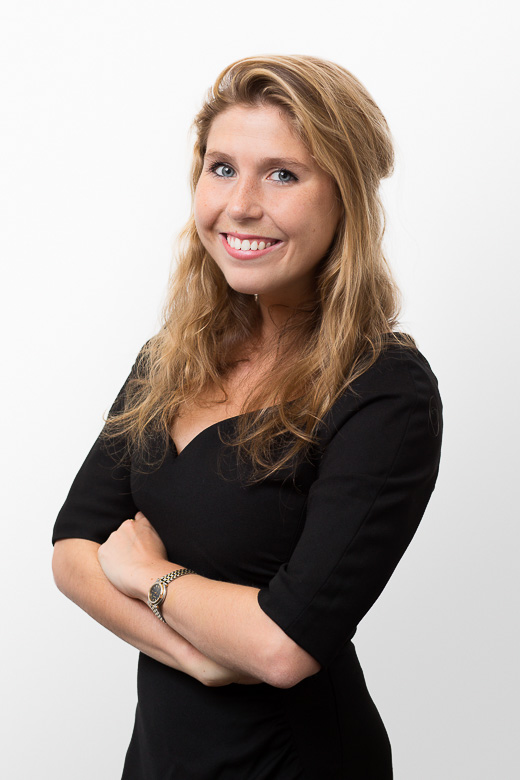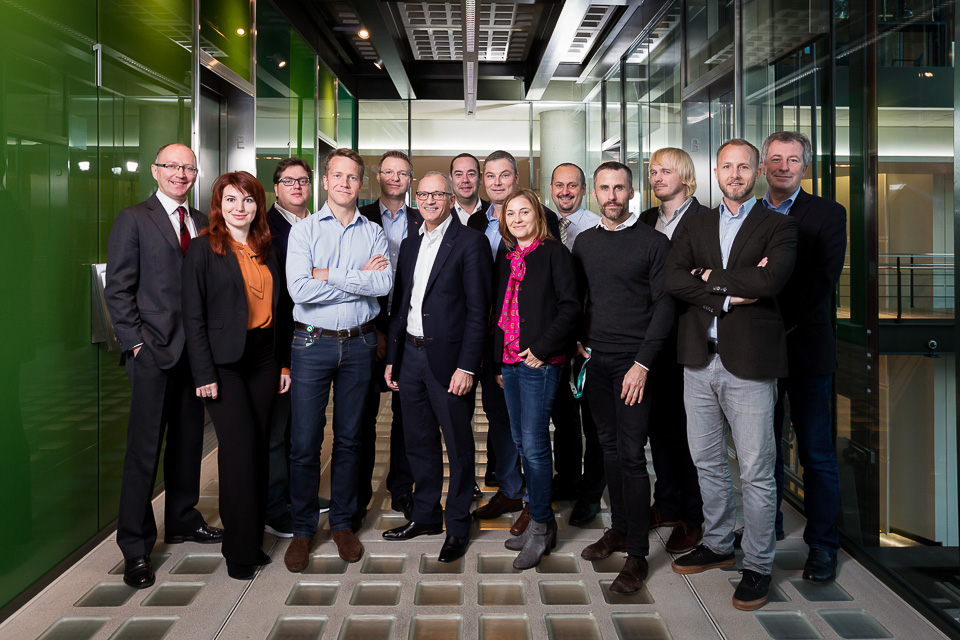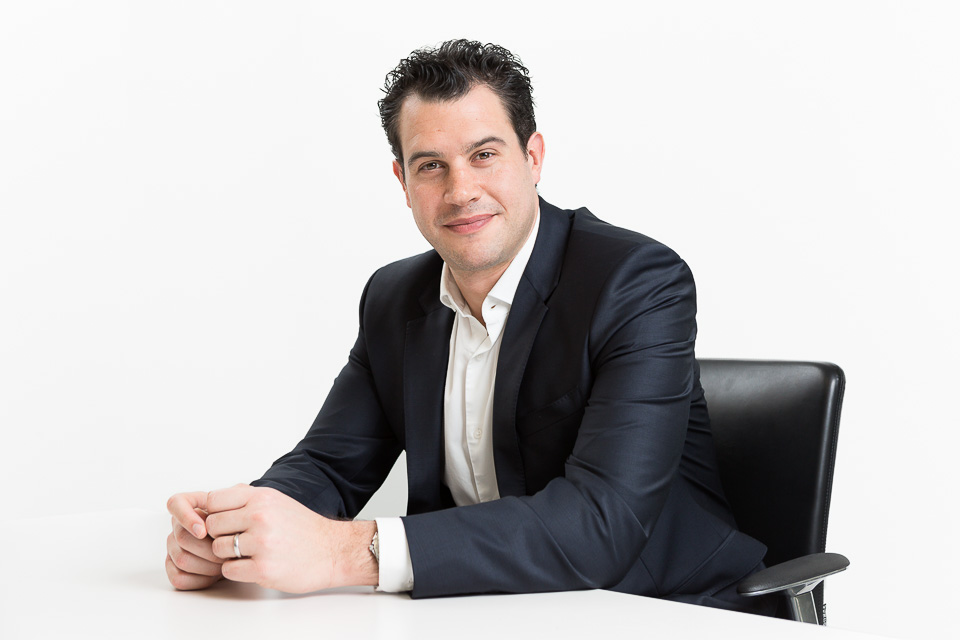In my recent article about how we improve (“A little learning is a dangerous thing"), I talked about how my old work isn’t good enough now - can’t be good enough - as my skills / critical eye have developed. I wrote, “Hopefully, in the years to come I'll feel the same way about the pictures I have in my portfolio now. Because if not, I'm not improving.”
There’s this idea that anything not recent doesn’t represent us, is somehow false or misleading for being out of date. We’ve moved on - or regressed. But I’m now coming round to the conclusion this is erroneous. More on this later.
Regardless, in the meantime my website is bloated, and in need of a refresh: I’ve not done much to it in a while. This seems like a good opportunity to remove some of the dead wood. And besides, the more I’ve improved, the easier I should be able to cull old images. Right..?
Before finishing marking pictures for deletion - a troubling task - I ask for thoughts on a forum: how old is old? How do you feel about showing work you haven’t done in a long time? Does it still represent you?
I say troubling because it’s really not easy. It’a not like old food - I can’t just look at the date and bin it. Some of my old photos I still like. Do I really have to take them down? I don’t want to. Hmm. I’m not nearly as dispassionate as I should be in displaying my work. Or today, at least. It just doesn’t feel like the right thing to do in the name of a cleaner portfolio.
The hive-mind replies. The near-unanimous response - a slight surprise and a great relief - was that it’s completely fine to have old pictures, as long as they don’t look dated, and as long as you have new work, too.
So I’ve gone through again, looking only for the weaker pictures, with only half an eye on the date taken. That’s surely more important, how good an image is. But I don’t know which are good or bad. It’s an important skill and notoriously difficult. I’ve only ever culled a few images over the years, those which begin to stick out rather obviously after a time. But nowadays the quality and style is, I feel, fairly consistent throughout. I know better than to seek true objectivity from colleagues, as they will tear apart my keepers and praise the ones which need to go. And they’ll disagree with one another. As for deleting the weak ones myself, on the one hand I’m bored of nearly all my work, and on the other, I’m oddly attached to much of it.
But the ‘bored’ part - does this mean I’ve improved? Yes? Great…but if so, where’s the new, improved work to replace what’s to be removed? Ah. Well, I do have a few images which need putting up. But for now, mostly, it’s about culling.
So I ask myself these questions about each image:
Do I like it?
Does it represent the work I do, or would like to do? Or rather, will it appeal to the clients with whom I’d like to work?
Is it the best example among similar images in my portfolio? Is it different enough to justify existing?
(while keeping in mind)
Has it been taken recently?
Devoid of context, the best images in a portfolio continue to shine. These images below - the ones I’m retiring - all suffer from the corollary: standing alone as they do, they don’t say much. There’s nothing wrong with them per se, but I don’t feel any of them quite spark an emotion or connection on their own. And I realise why - I’d included many of them as placeholders, representing a technique, style, or kept just because they were a little different.
Getting rid of a dozen images is not quite the grand cull I’d imagined, but it’s a start.
